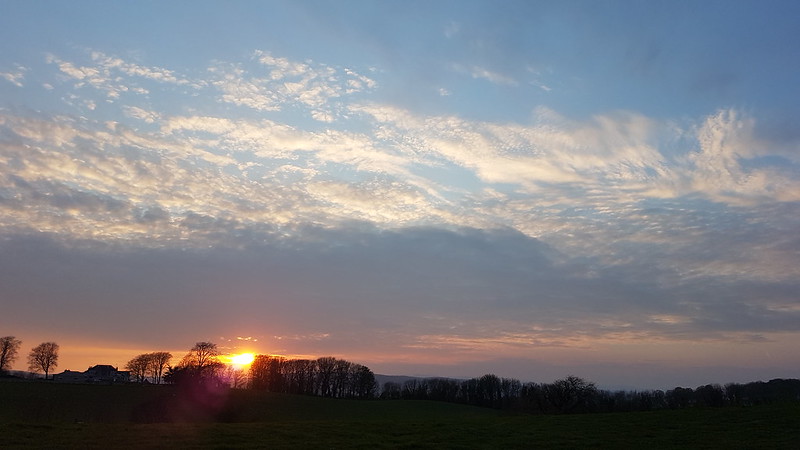
I didn’t get out half as much this summer for after walk wanders as I usually do. I made excuses about the being too busy with driving A to and from dancing lessons, but these three evening walks from the same week in the tail end of April give the lie to that – so, obviously, I just didn’t make enough effort as the summer went on.
But anyway – back to the week when I was still trying. On the Monday evening, I dropped A off in Milnthorpe and drove the short distance to park in Heversham and climb Heversham Head. Bizarrely, in nearly thirty years of living nearby I’ve never climbed it before. In my defence, on the OS map there’s no path shown – I think it was Conrad who alerted me to the fact that there is actually access to the top. I followed the route in this leaflet (I think the field boundaries shown might be slightly misleading). Very good it was too, but it’s a shame I hadn’t set off earlier since the very flat light rather spoiled the extensive views.

I shall have to come this way again, although I’m slightly put off by the many pinch-stiles, some of which are very tight for the more portly gentleman, and one of which had me thinking I was irretrievably stuck and contemplating having to wait there, like Winnie the Pooh in Rabbit’s burrow, until I had lost some weight.
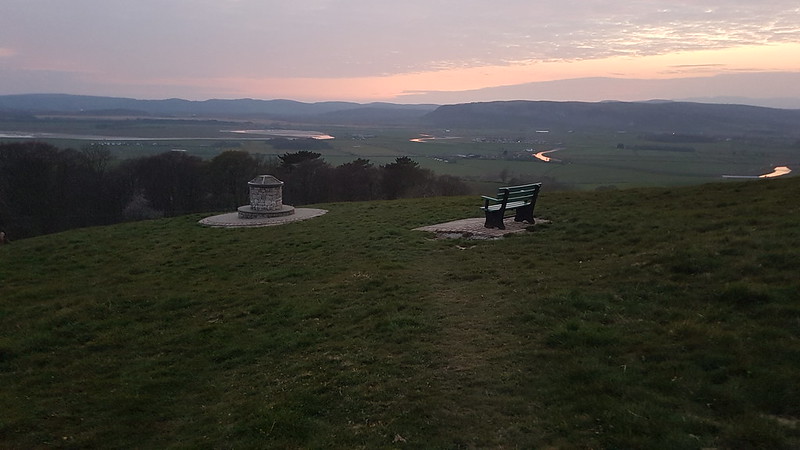

The following night was brighter, and I was out earlier. This time I walked from where A has her lessons, down through Milnthorpe, through the grounds of Dallam Hall, beside the River Bela, and out to where the Bela flows into the Kent estuary.
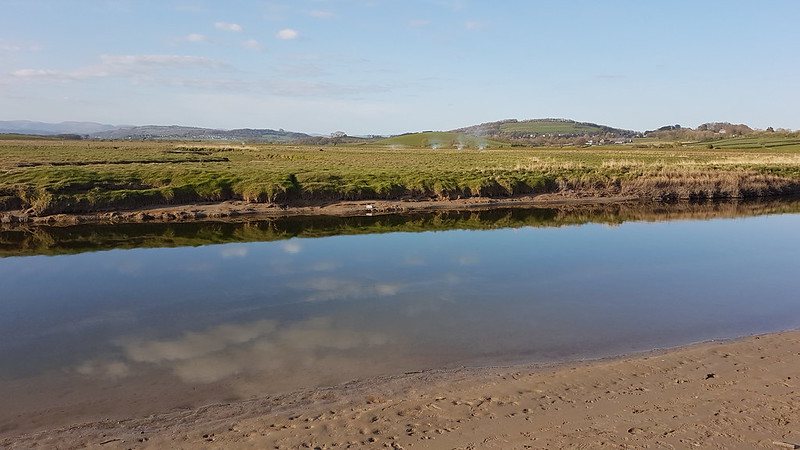



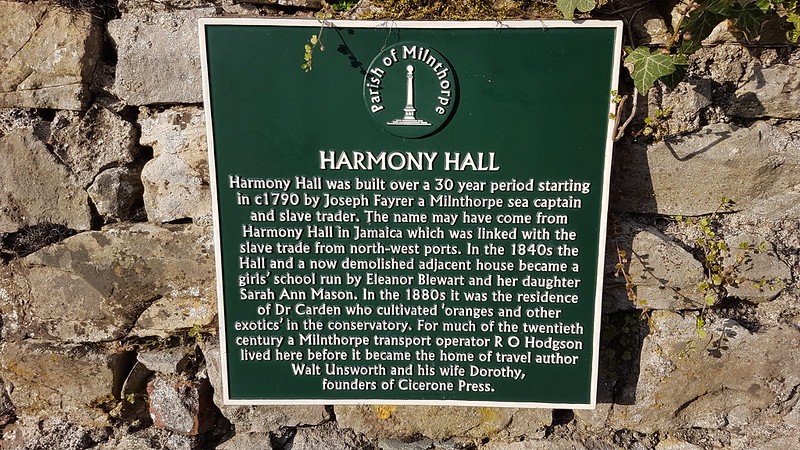
It’s always very sobering to be confronted with evidence of sleepy little Milnthorpe’s past as a slaving port.
Incidentally, I’m a huge fan of both Cicerone Press, these days based in Kendal, and of Mr Unsworth.
On the Friday evening, with no driving duties to undertake, I drove straight from work to the Rigg Lane carpark, for an evening ascent of Clougha Pike.
On my way up, I was tempted away from my usual route by a path which leading up into Windy Clough. A thin path took me onto slopes of shattered stones and boulders on the left side of the valley. The path seemed to split frequently, each bifurcation leading to difficult choices between two increasingly marginal options. Eventually, there was no discernible path, so I struck uphill, finding a thin trod following the wall along the high ground. When this hit a cross-wall I followed it down into the valley bottom, where there was a gate and, once again, a path. This lead me into surprisingly tall and scratchy vegetation, but also, eventually, onto a lovely path which gradually ascended up towards the edge on Clougha Pike.
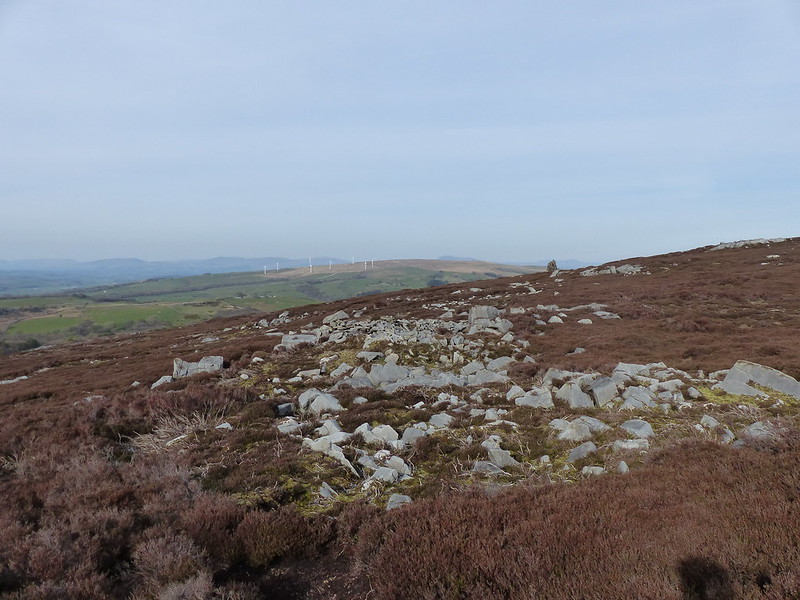
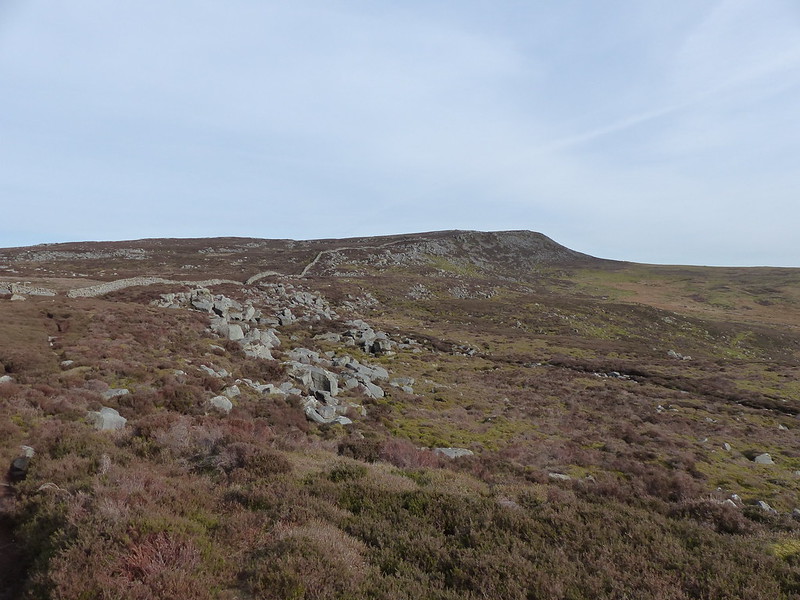

There were loads of Red Grouse about. The males were strutting their stuff and very easy to photograph, so I took lots of pictures. The females were far more discrete and only showed themselves very briefly. They’re endearing birds, if somewhat loud. It’s a shame that they’re essentially there to be shot by ‘sportsmen’.
I found a comfortable spot on a huge boulder and sat down for a brew and a rest and to contemplate the view. It was warm, but very windy, so I was surprised to see this tiny Green Hairstreak clinging to the rock.
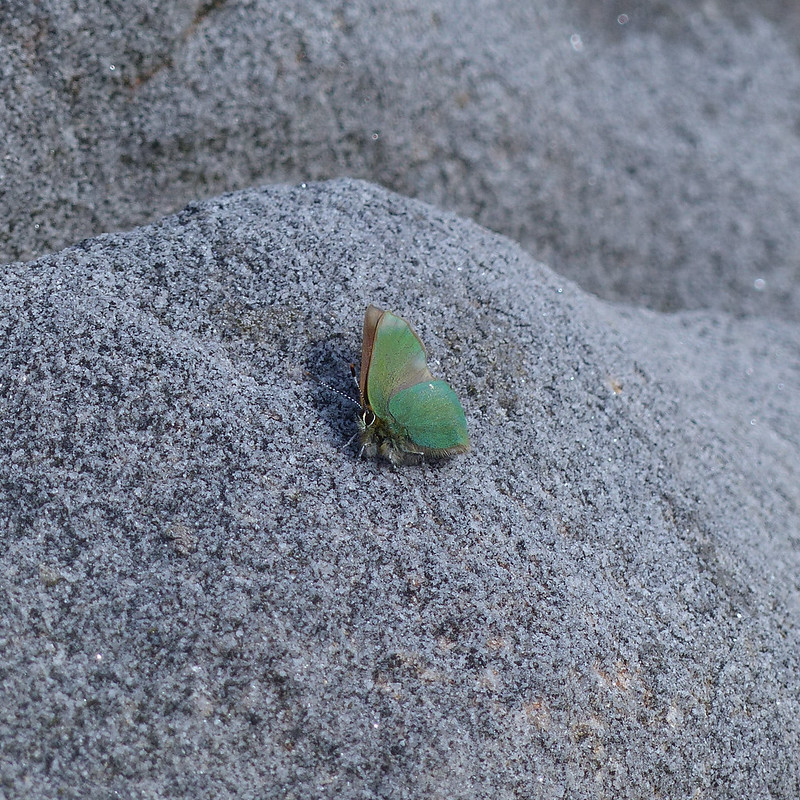
Because I’ve previously seen these butterflies in woodland I’d incorrectly assumed that they are woodland creatures, but apparently they are well adapted to a number of habitats, including moorland.


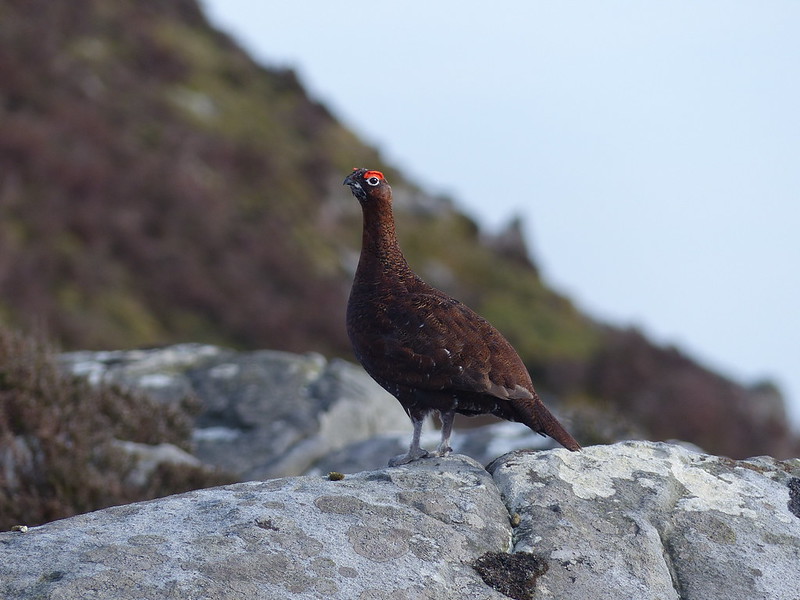


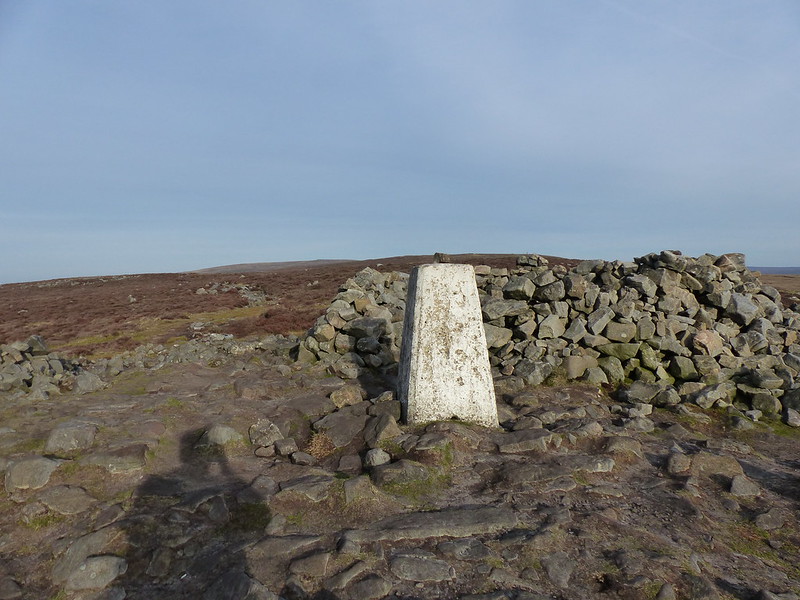
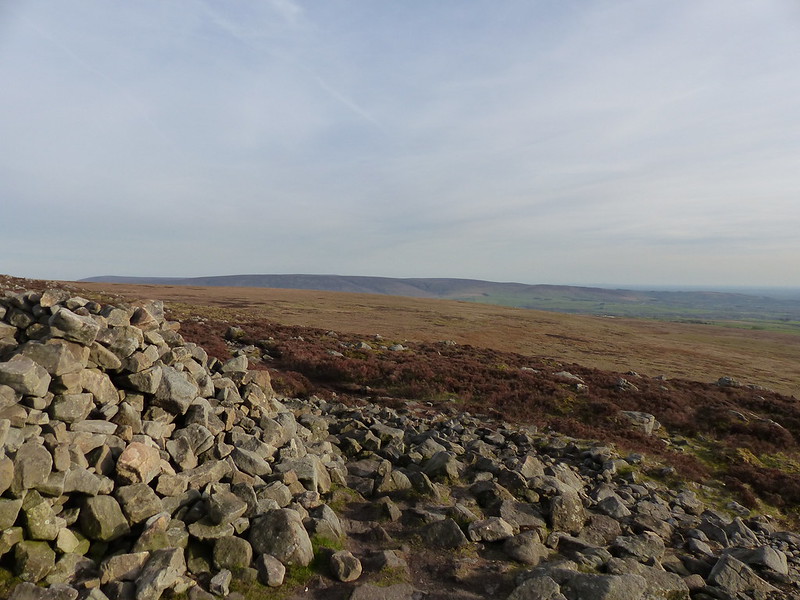
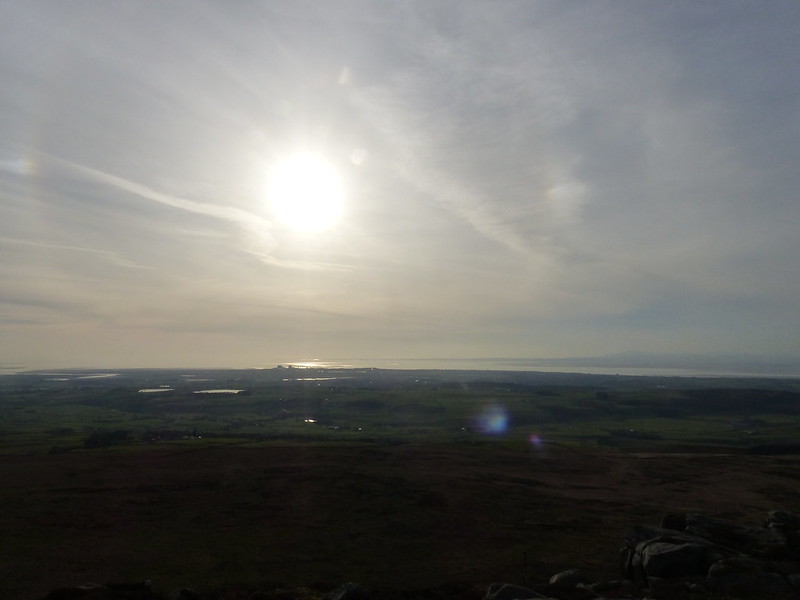

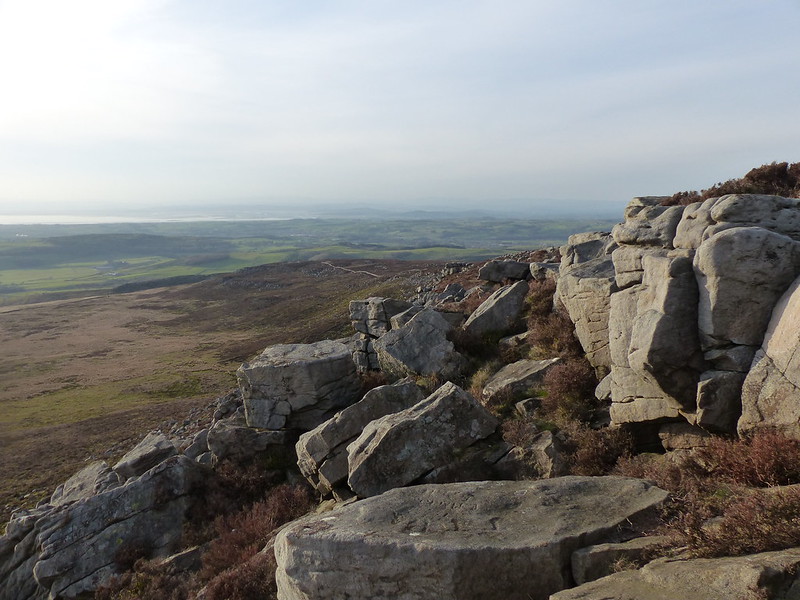
After my earlier misadventure, I wasn’t dissuaded from taking another new route – I’d spotted a thin path traversing the ground just below the edge and decided that would give an interesting new perspective.

It proved to be a very pleasant alternative to retracing the edge path, although I suspect that in winter it may well be very boggy.
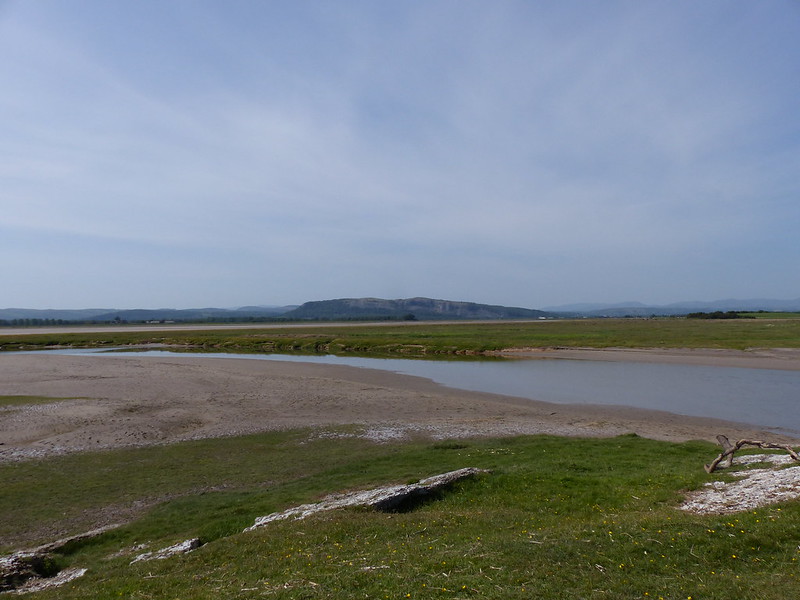


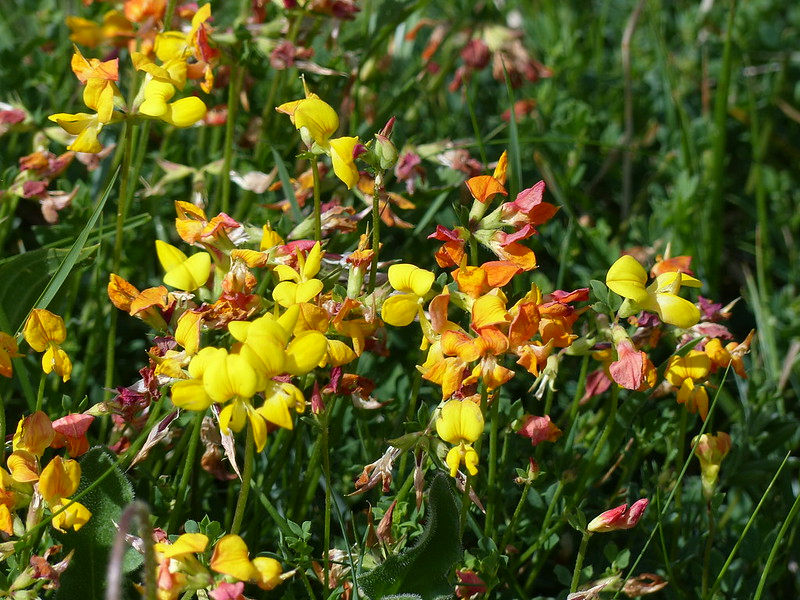
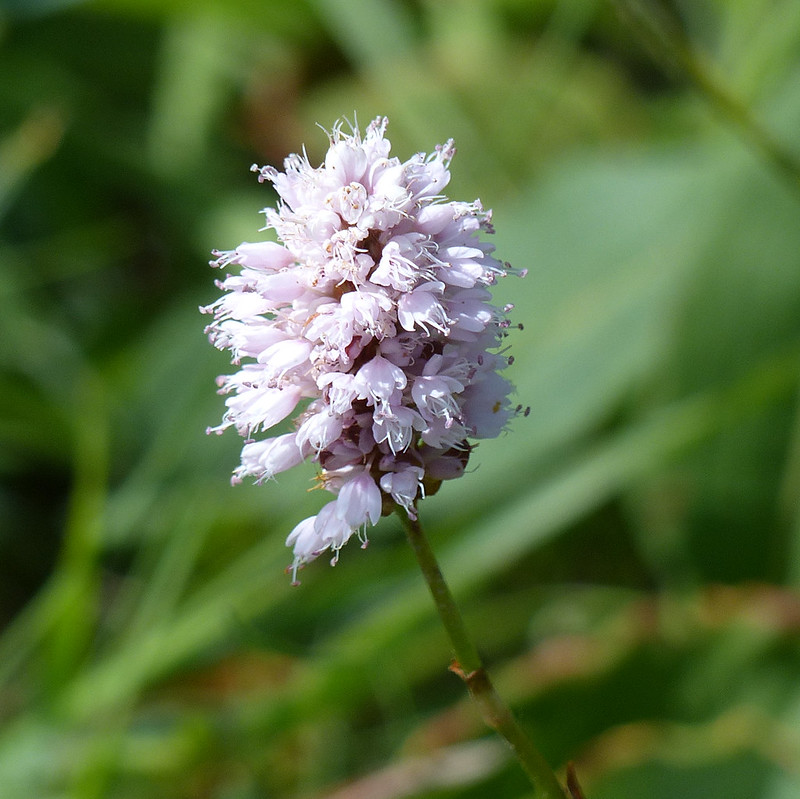
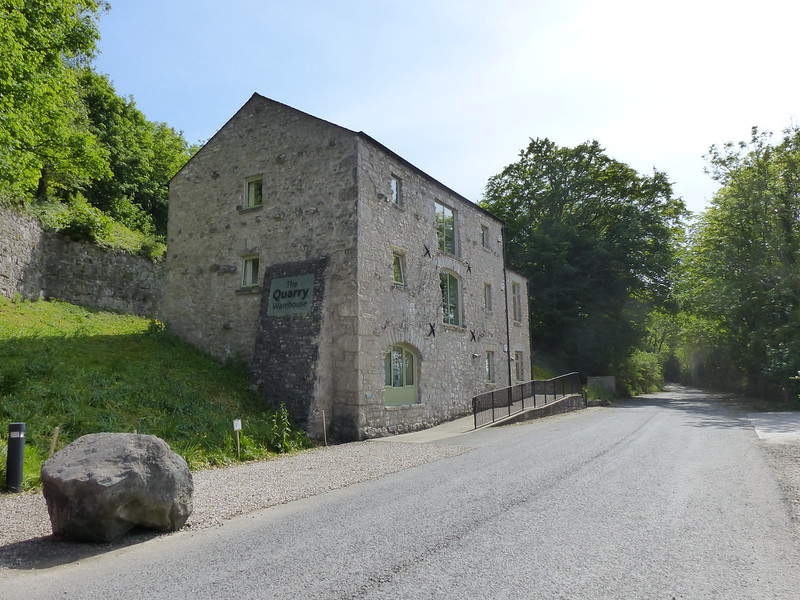
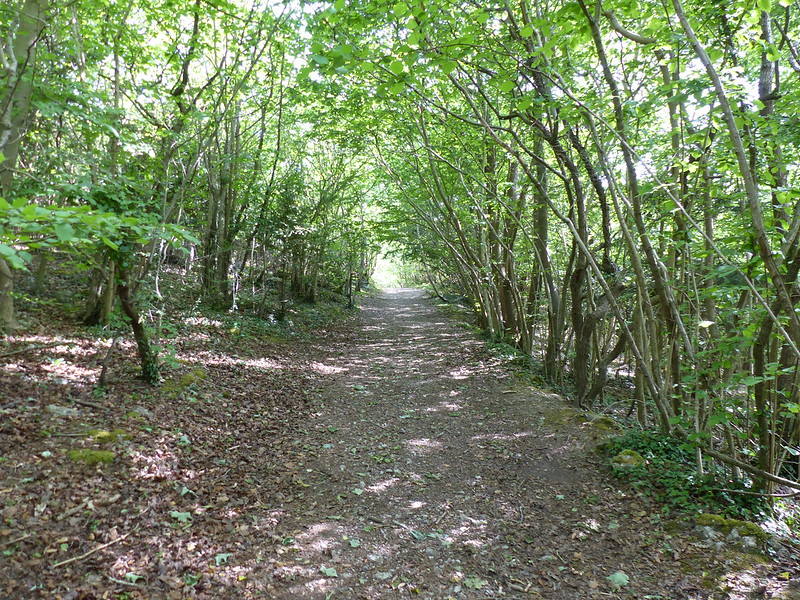


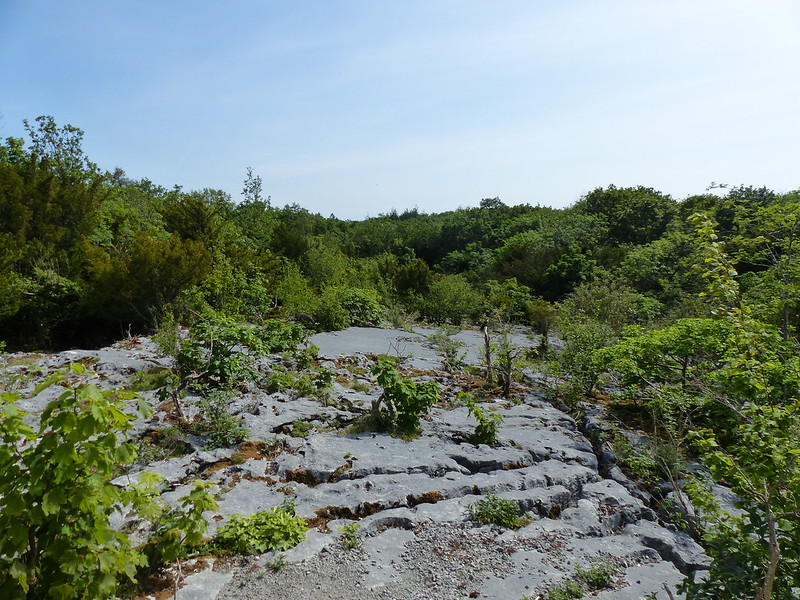



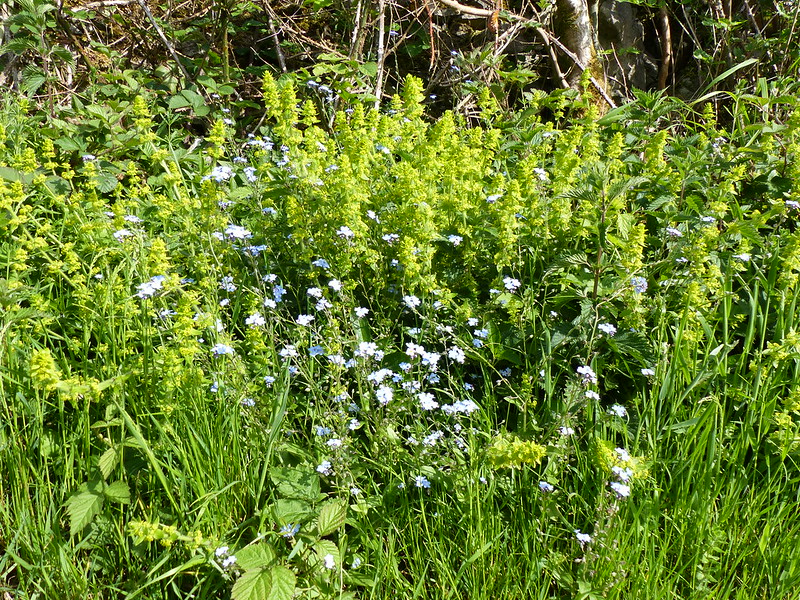
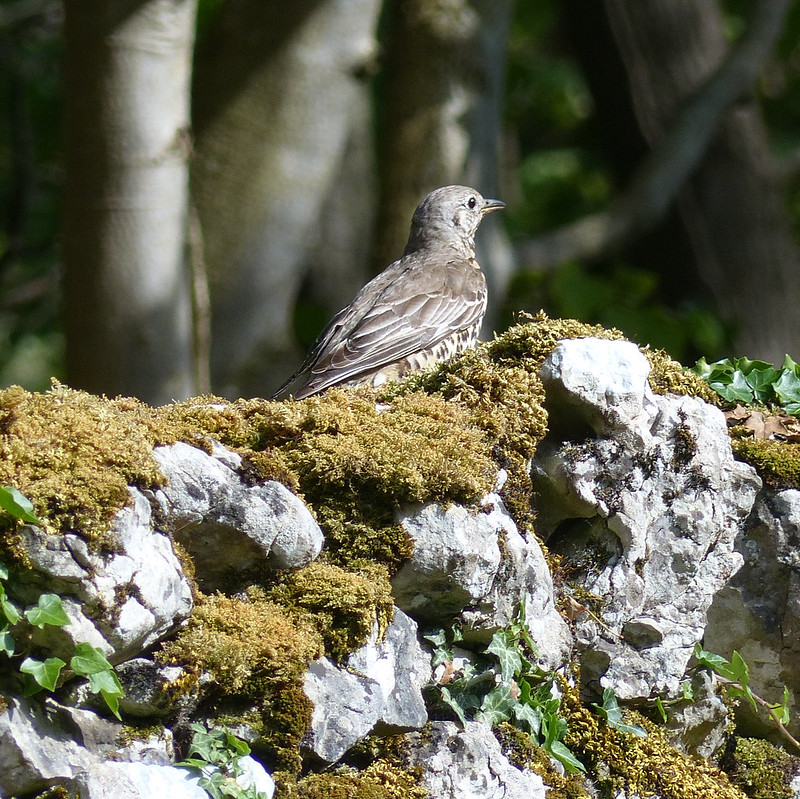
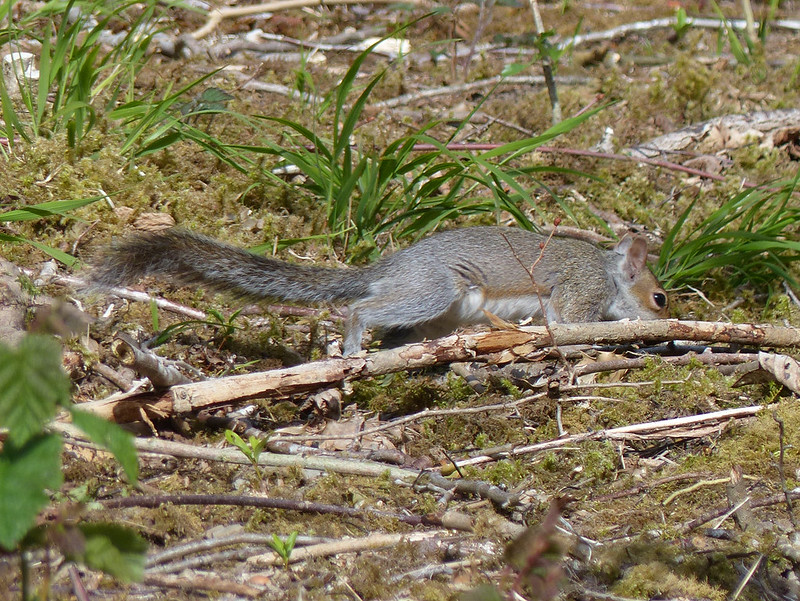
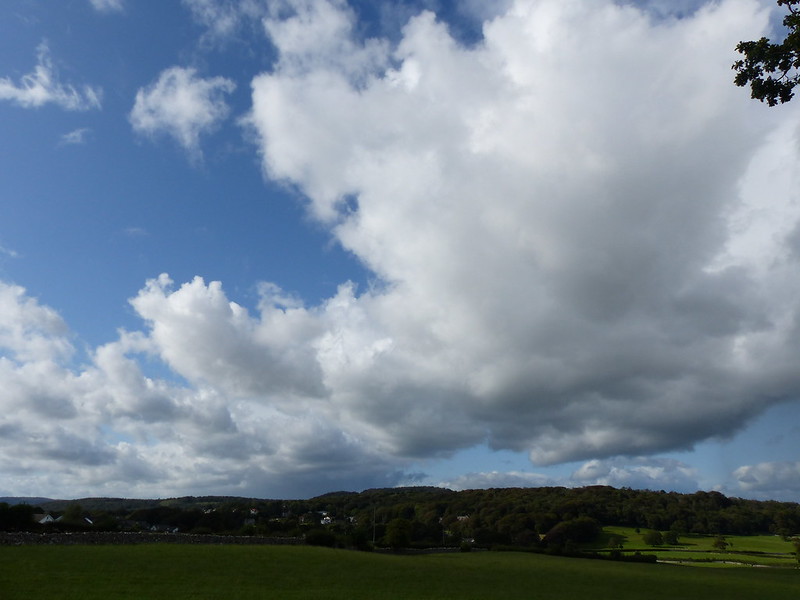
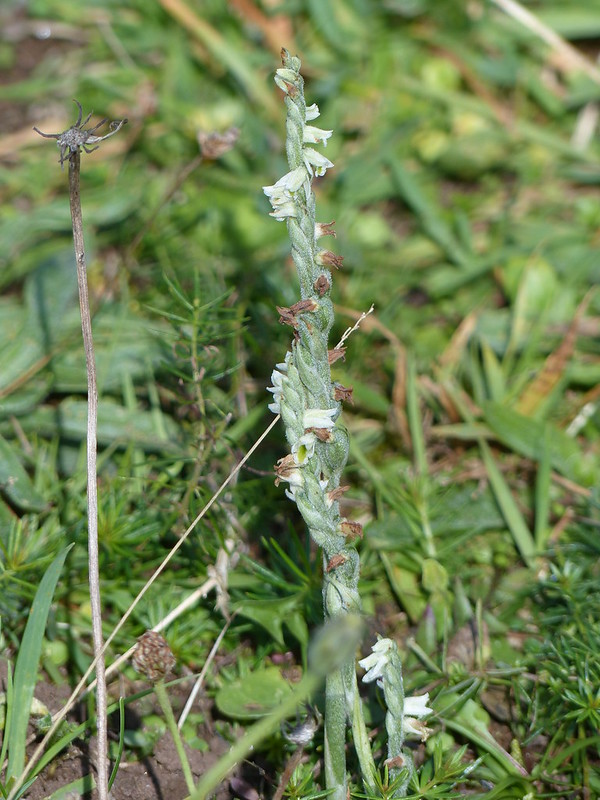


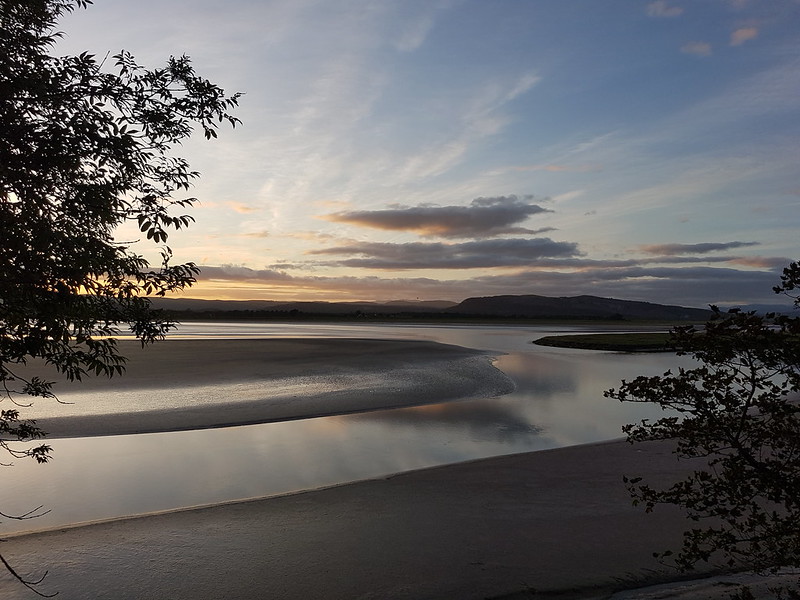

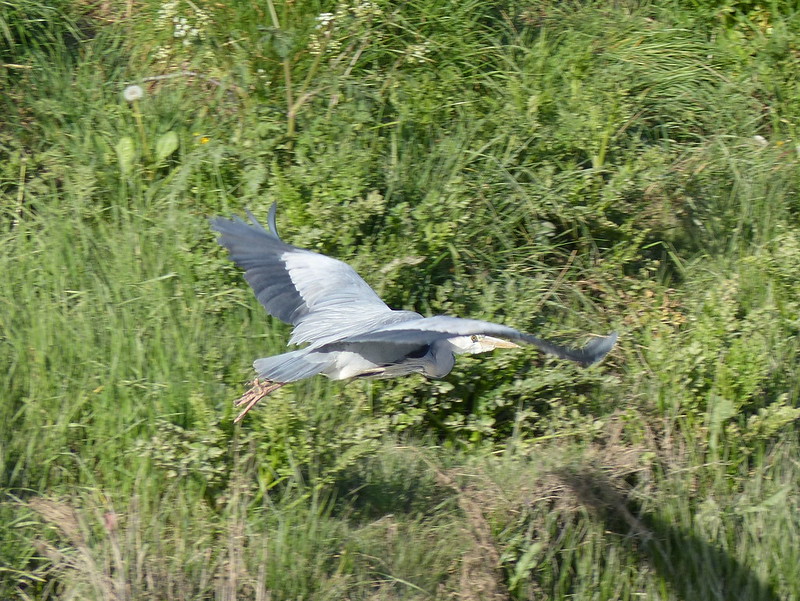
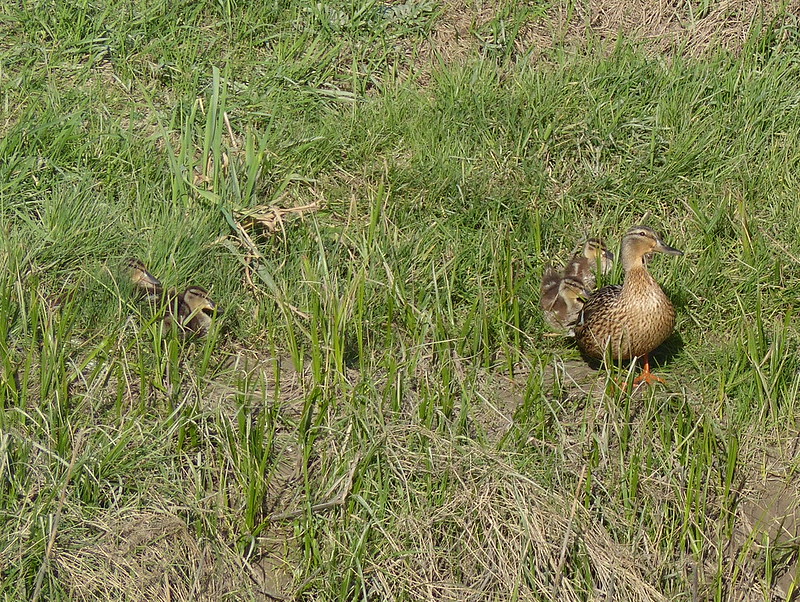

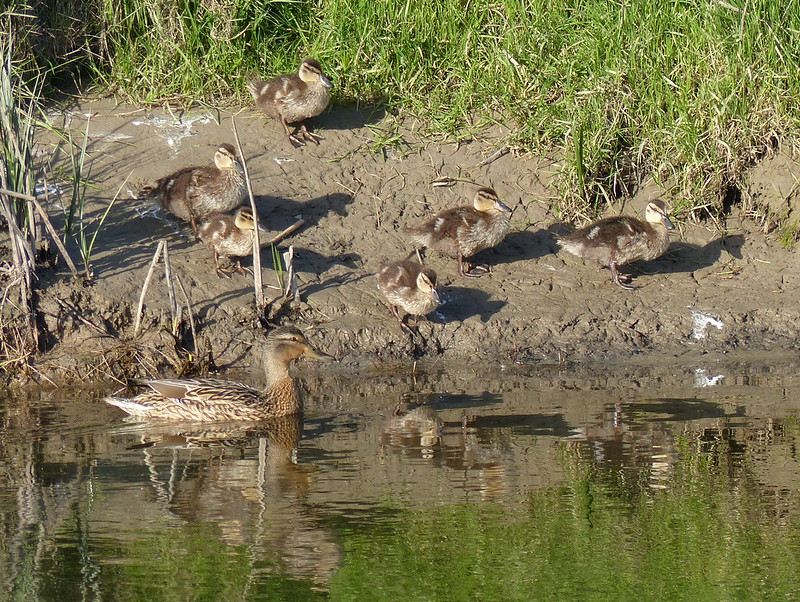
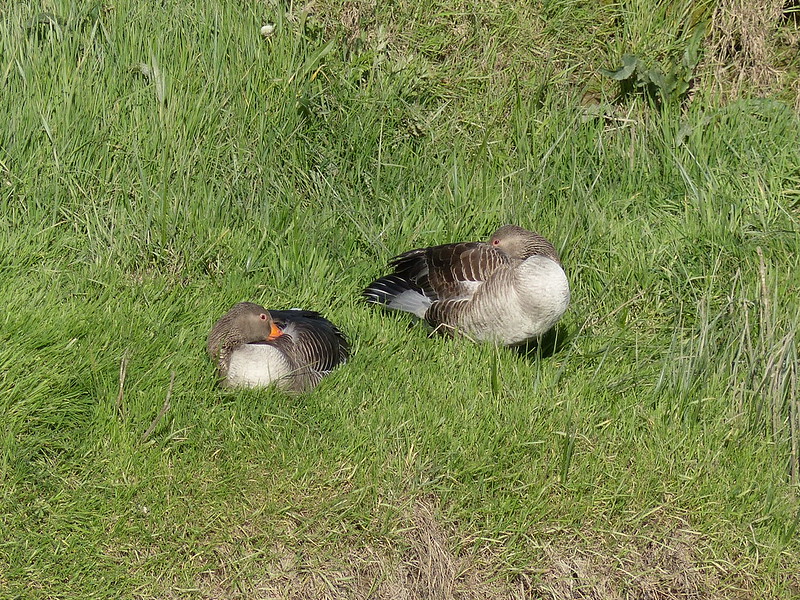
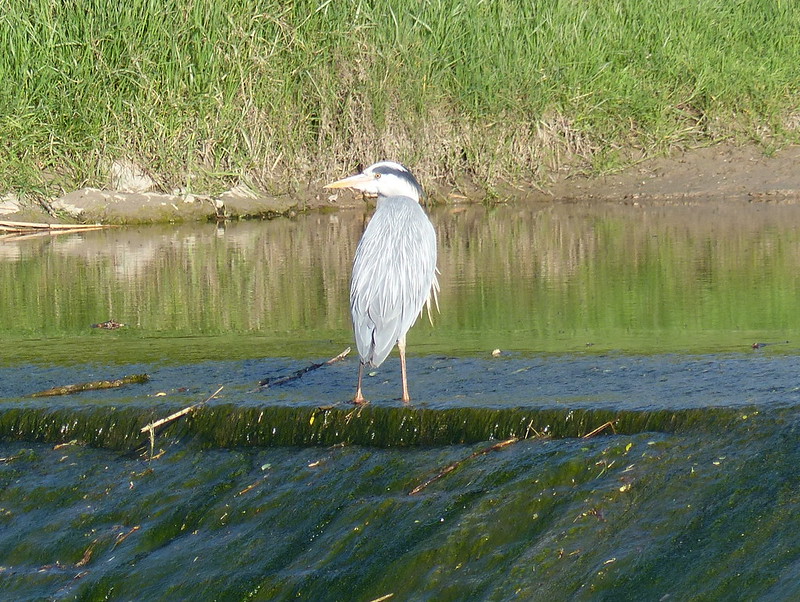
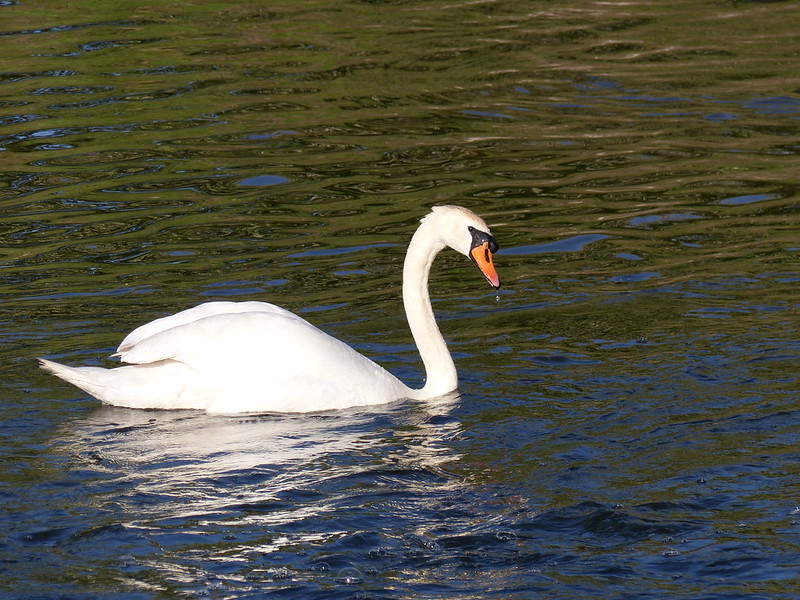

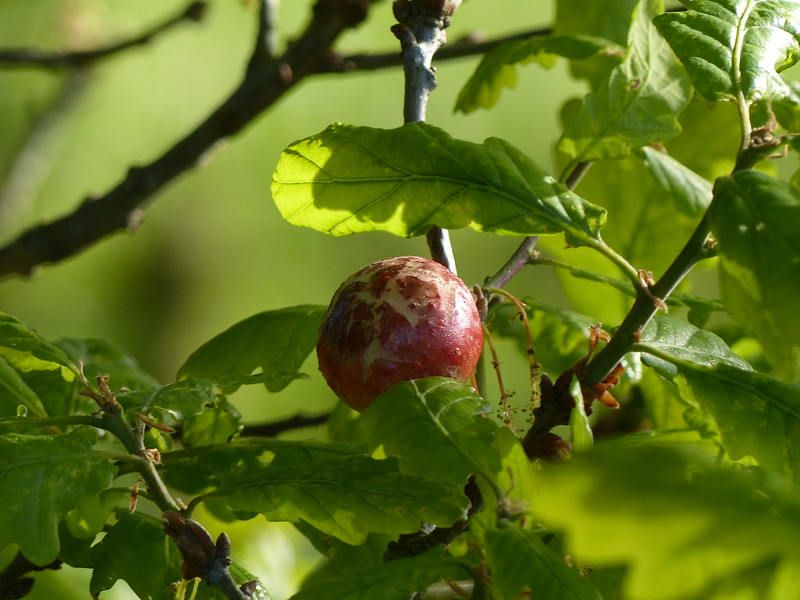
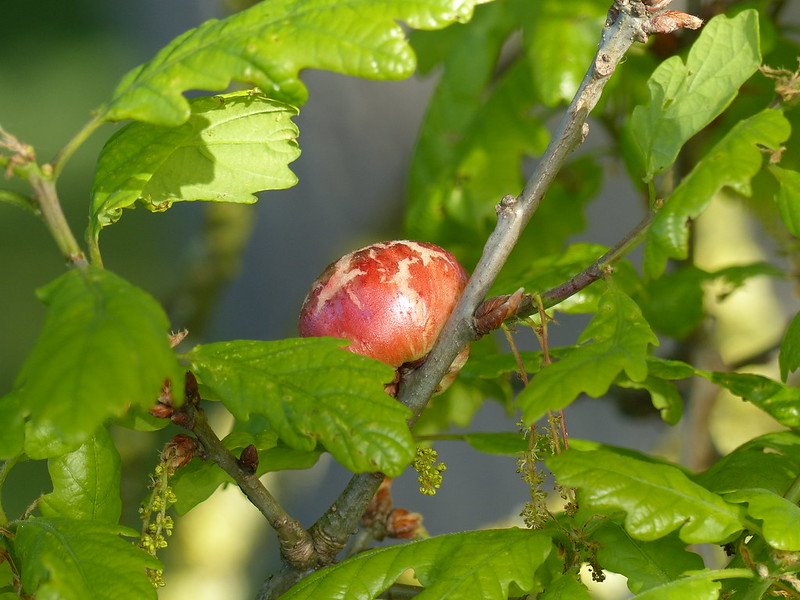
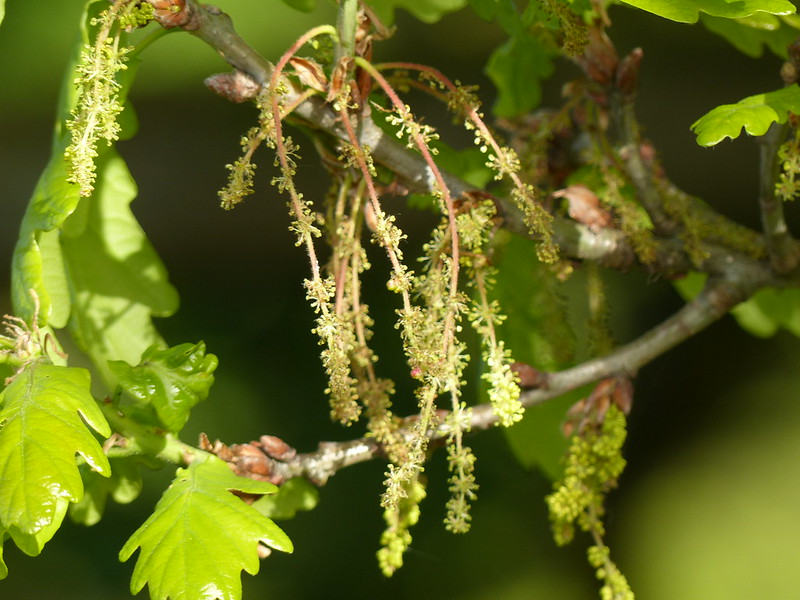


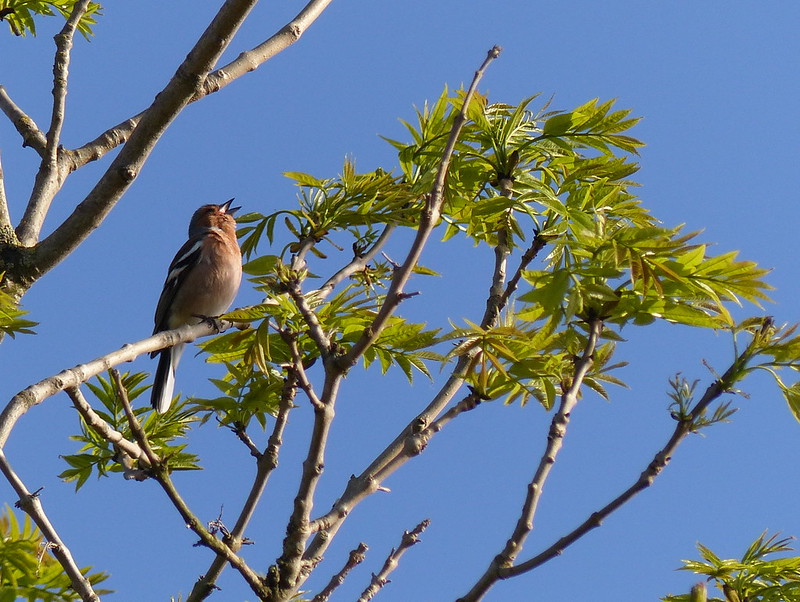
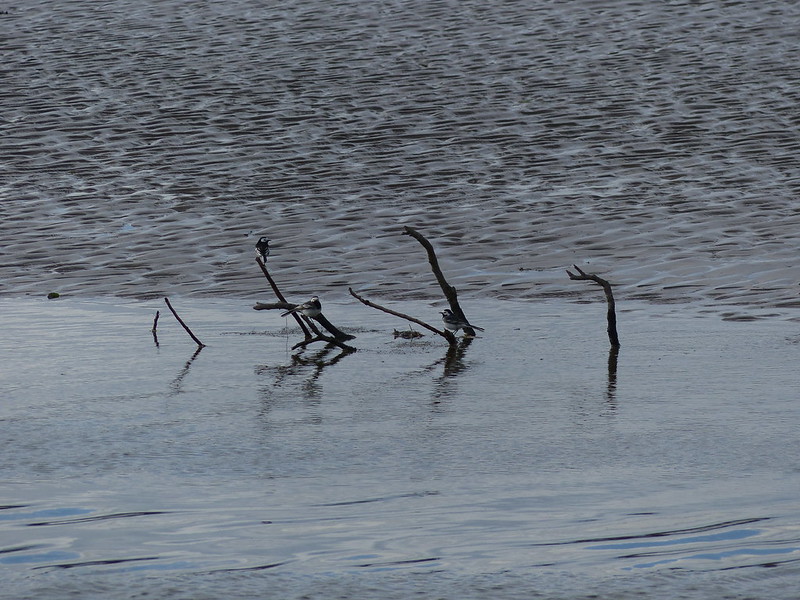

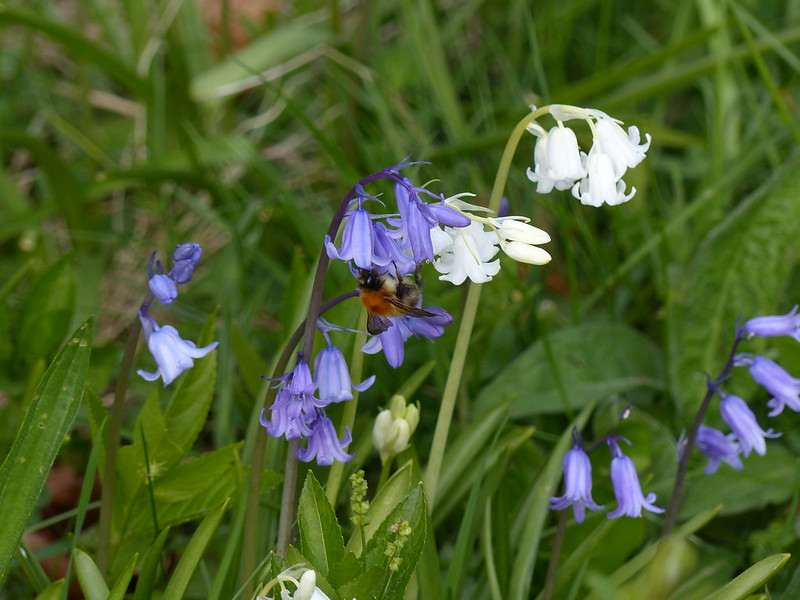
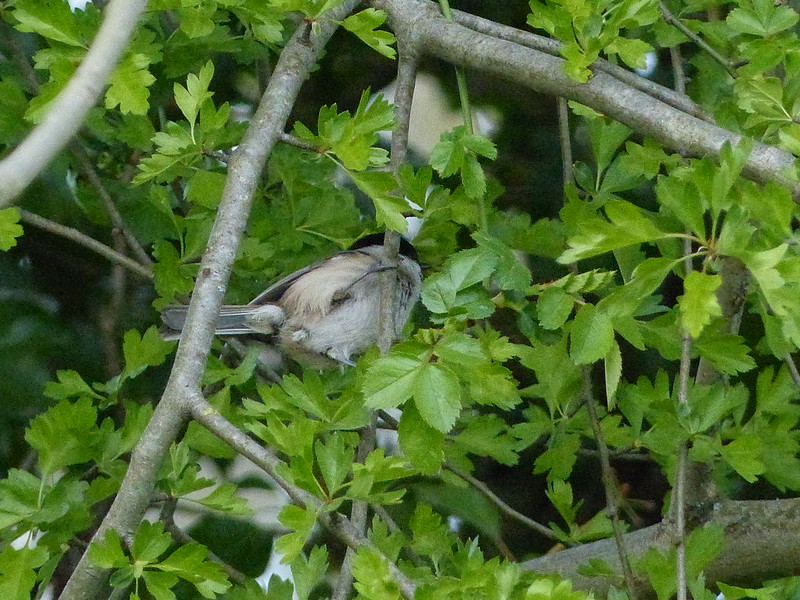
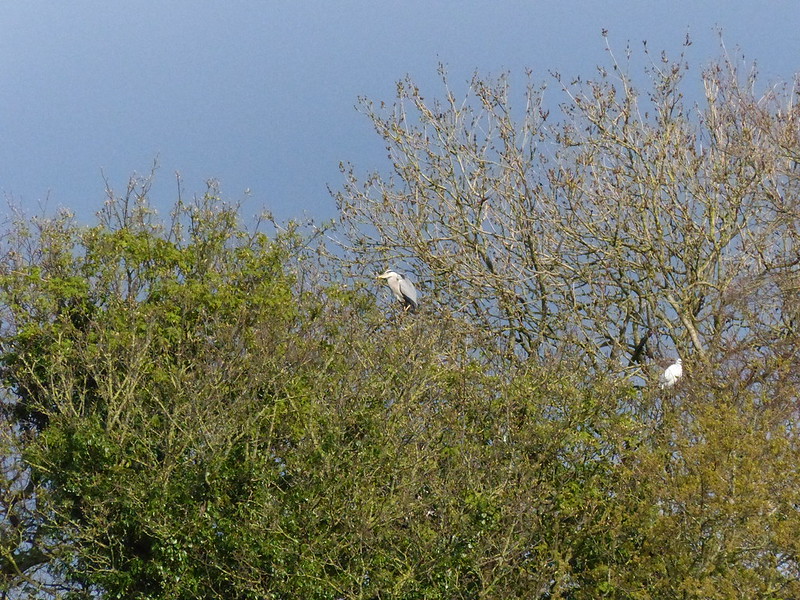


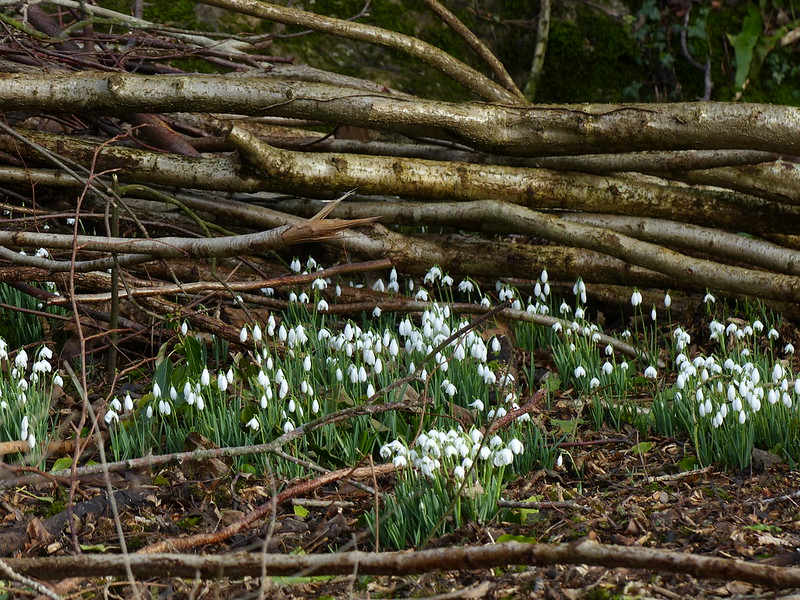
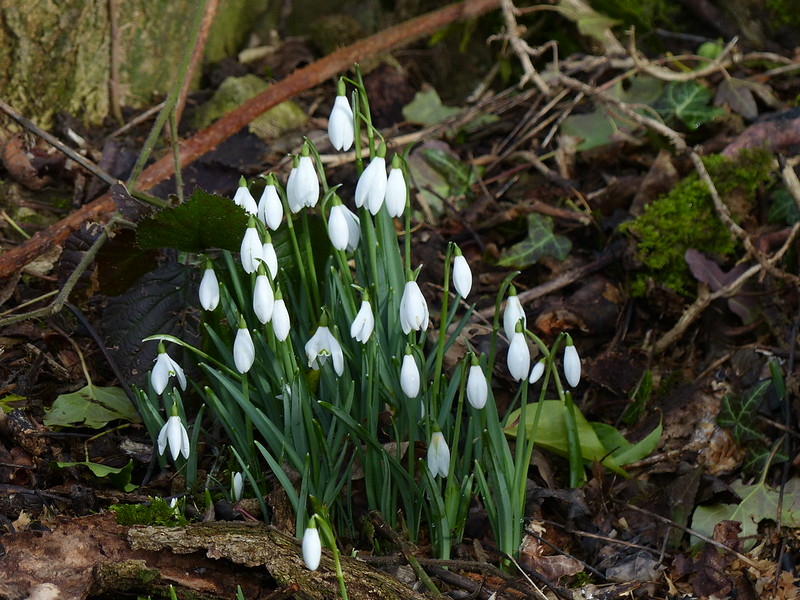

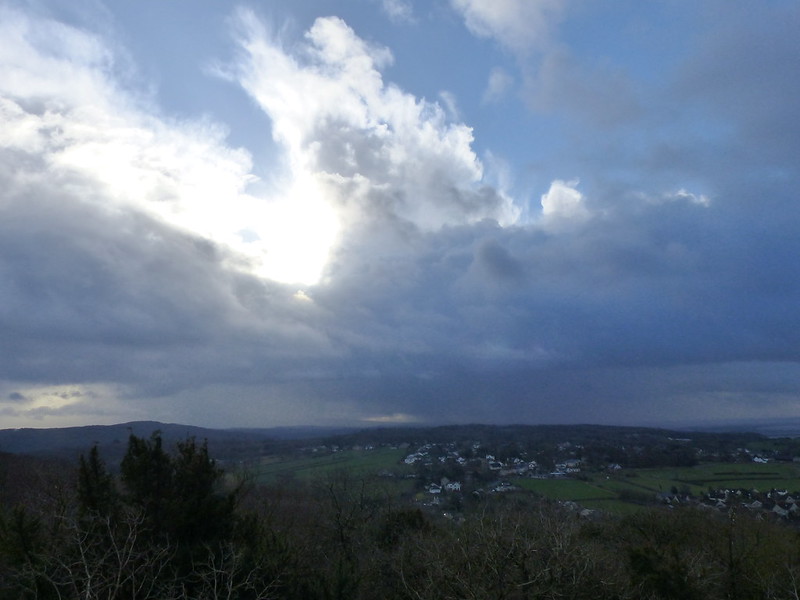
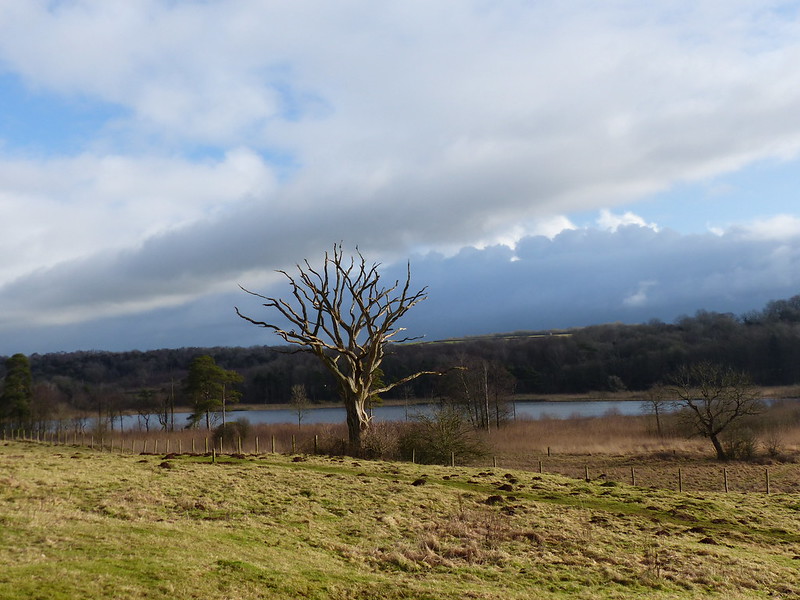
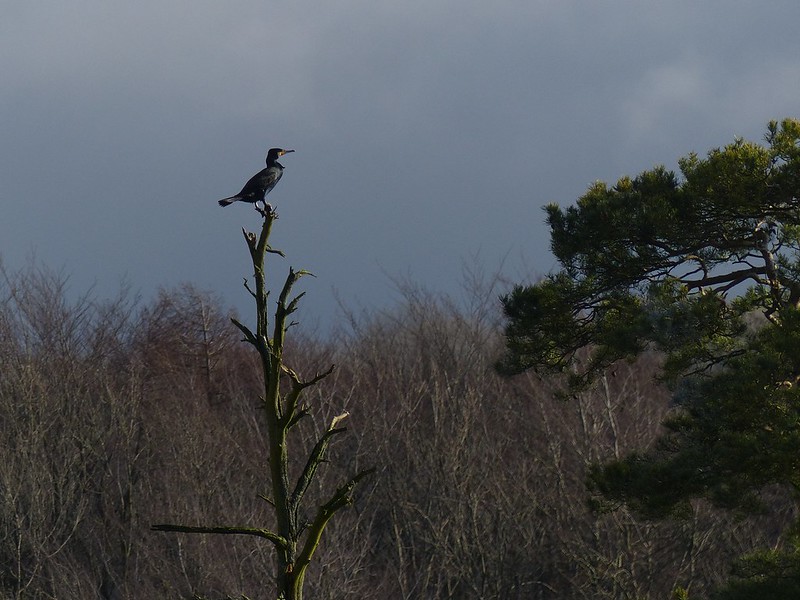

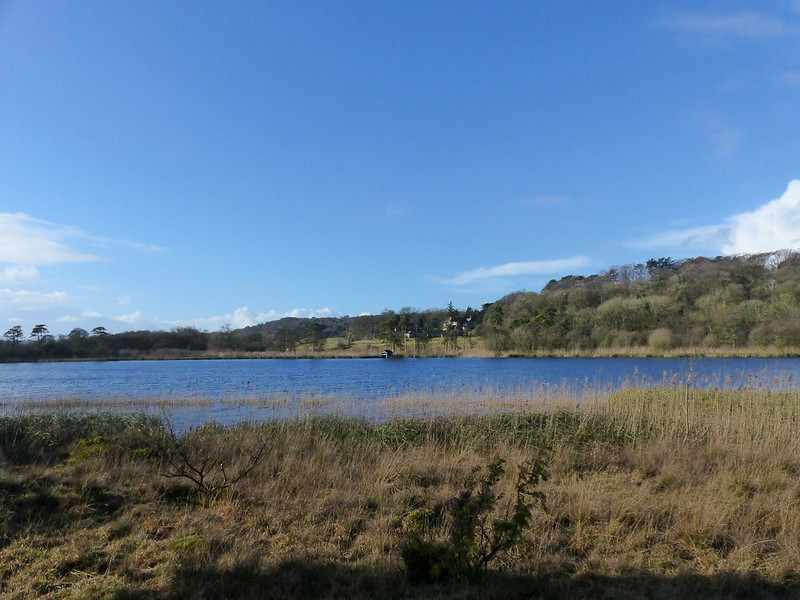
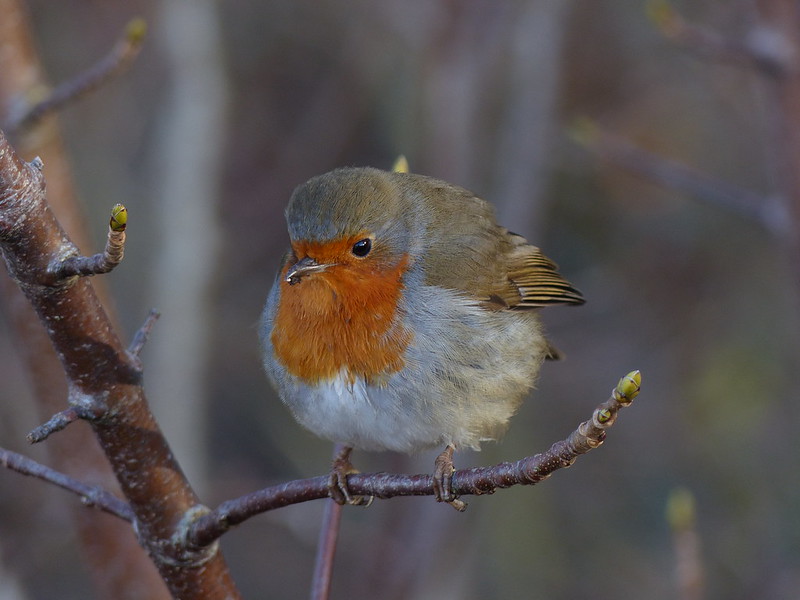


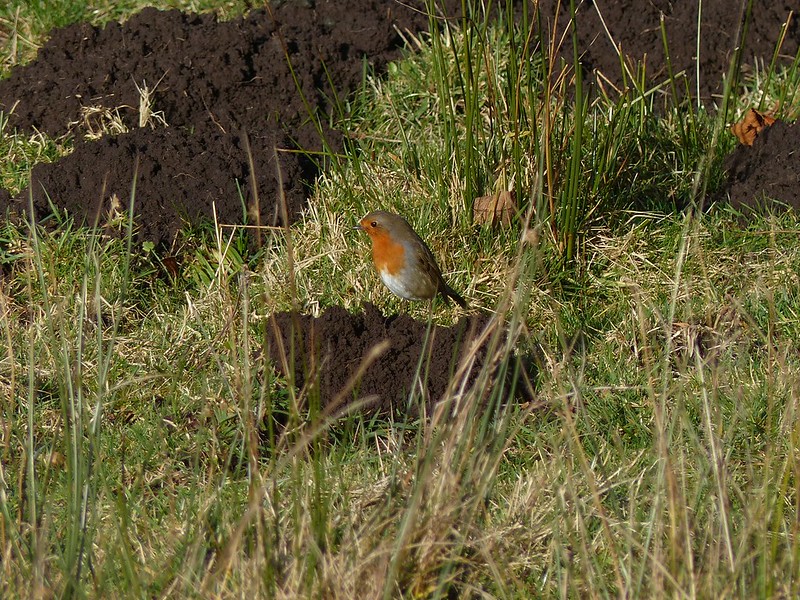
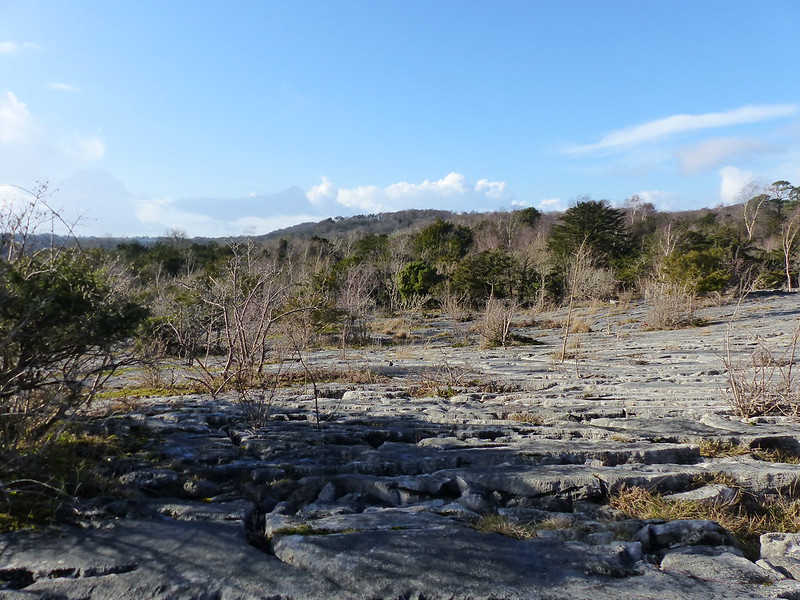
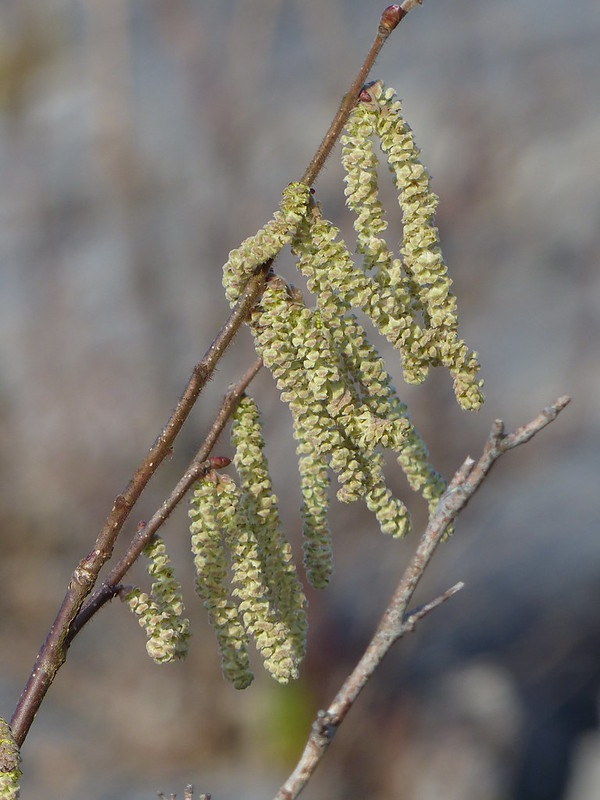
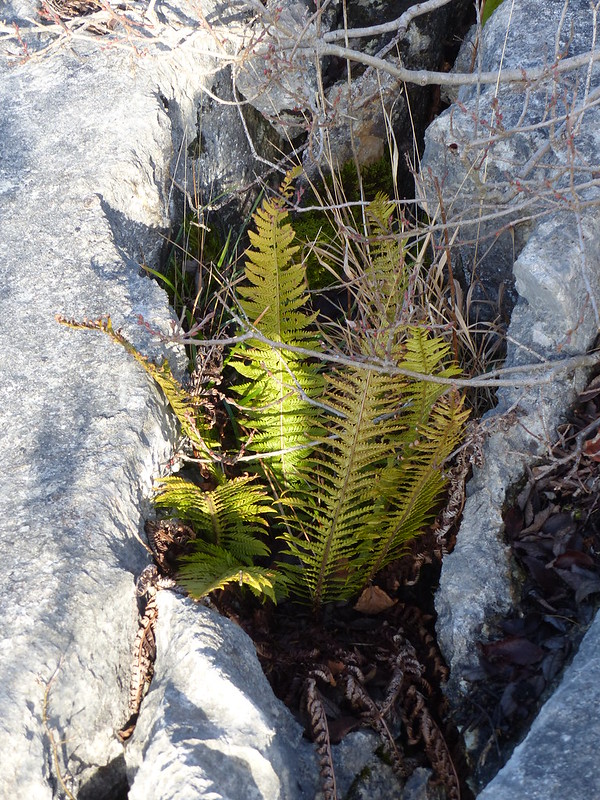

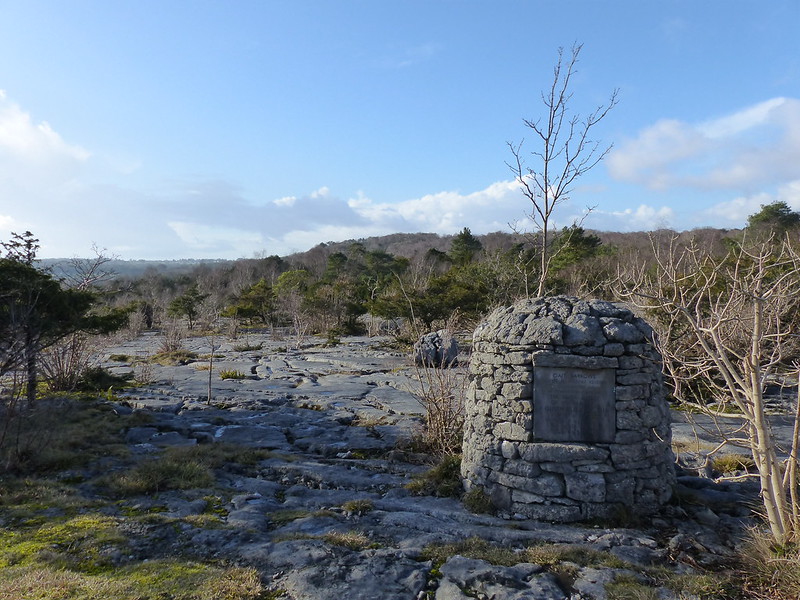


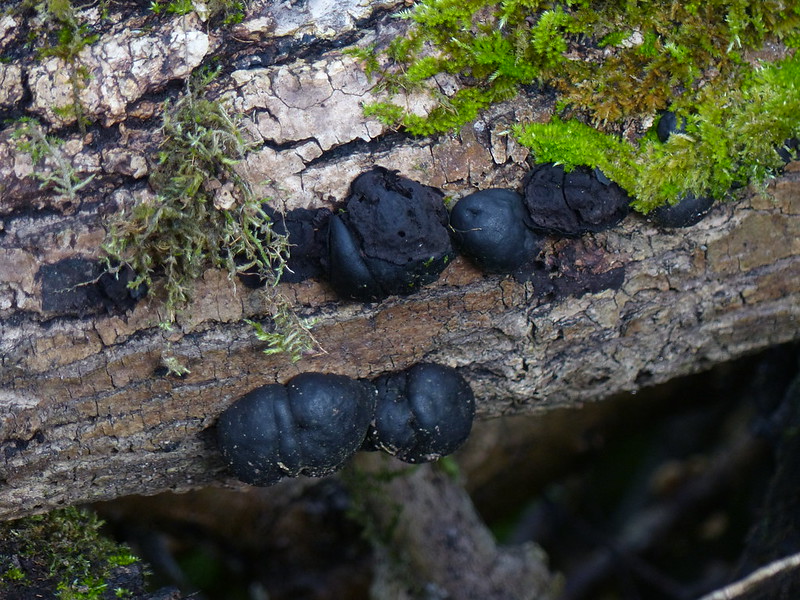
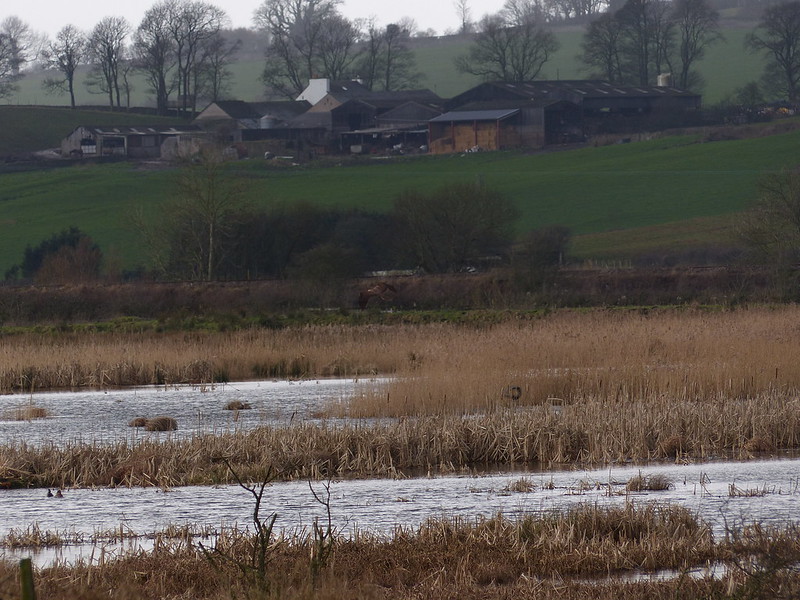
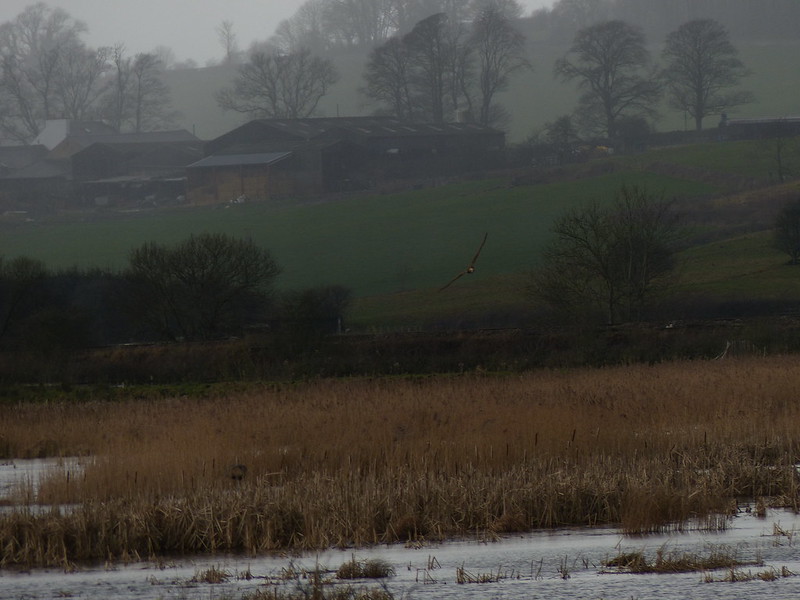
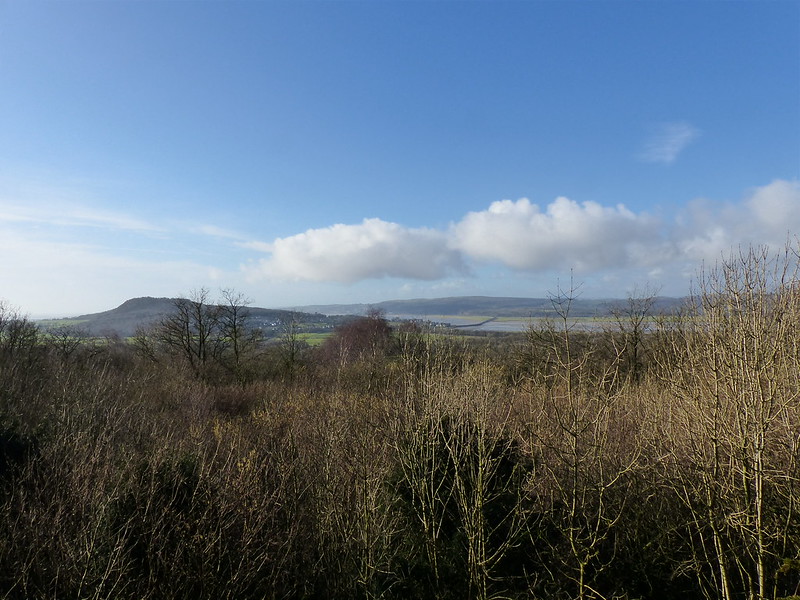
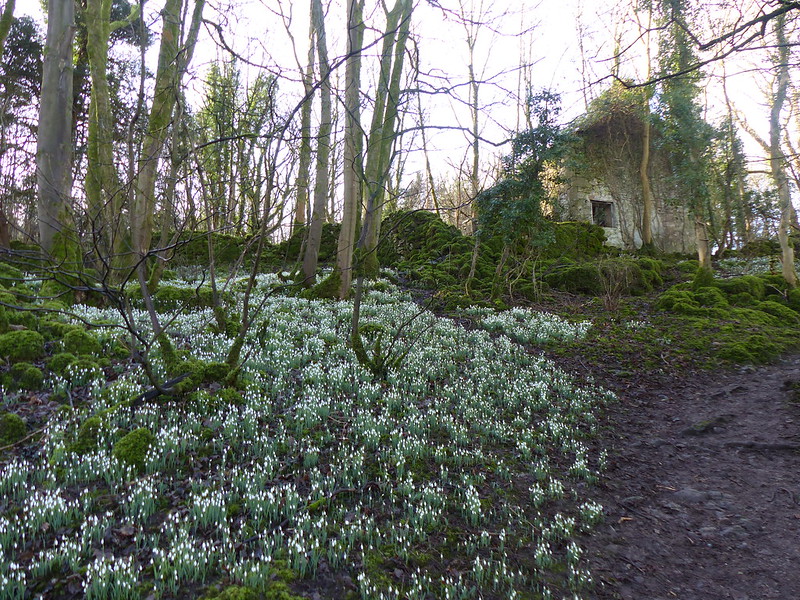
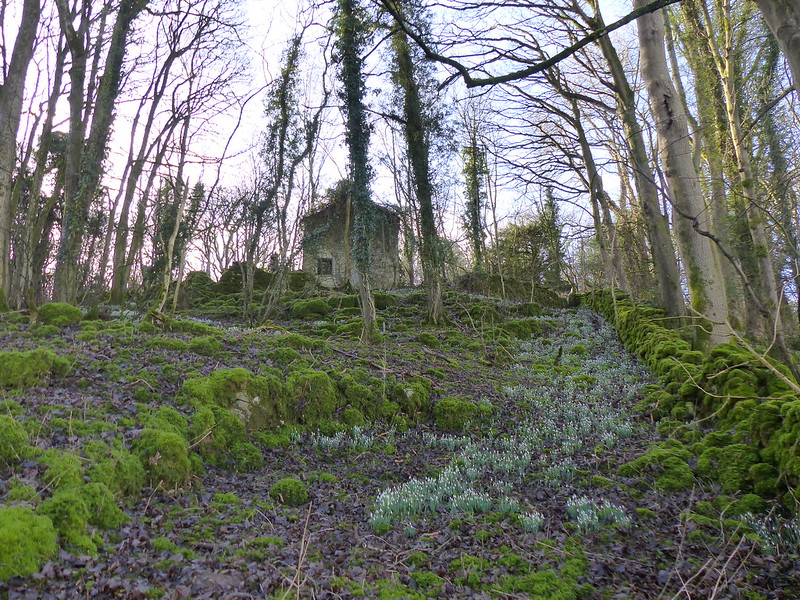
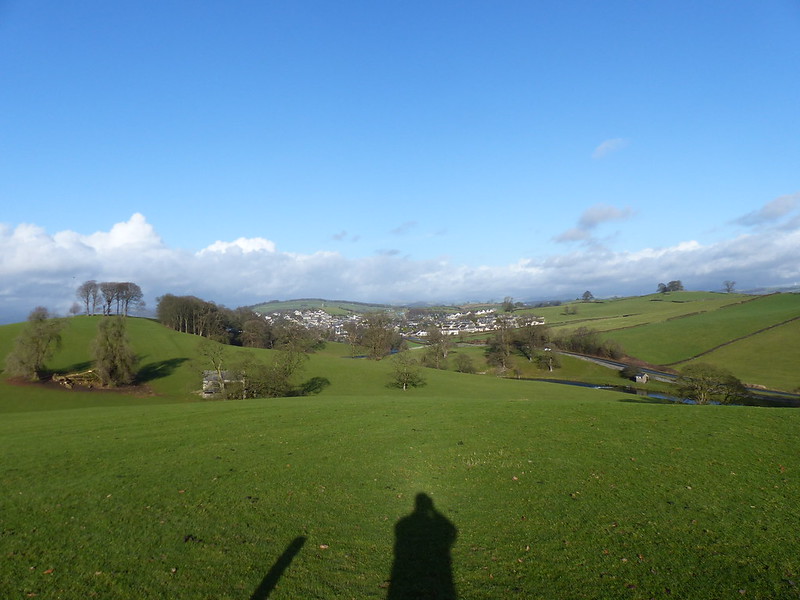

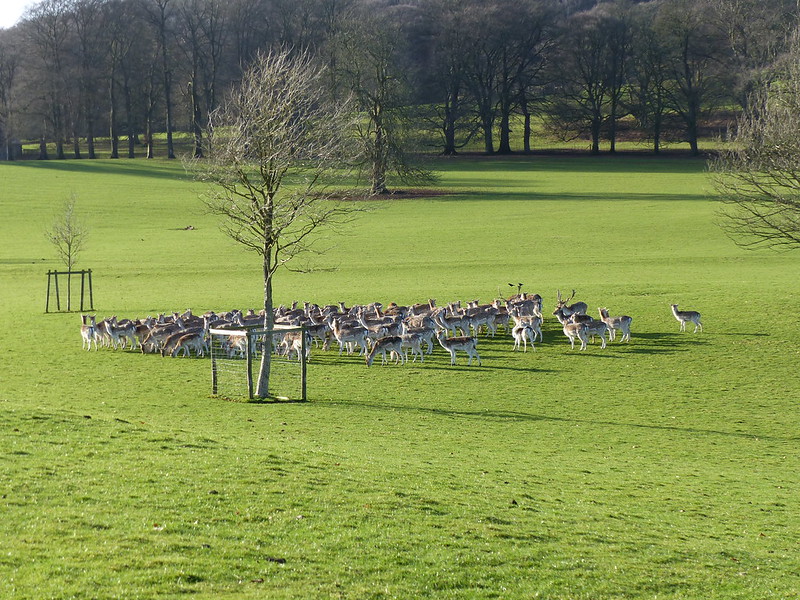
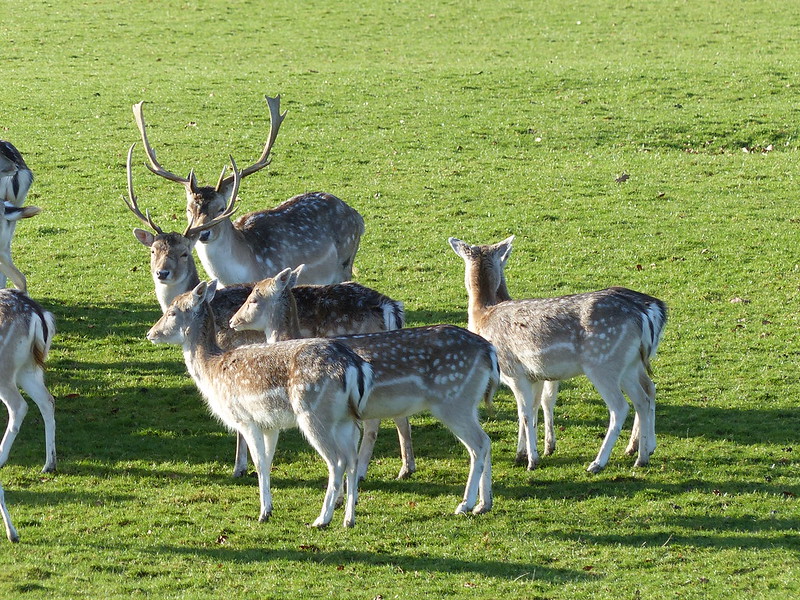

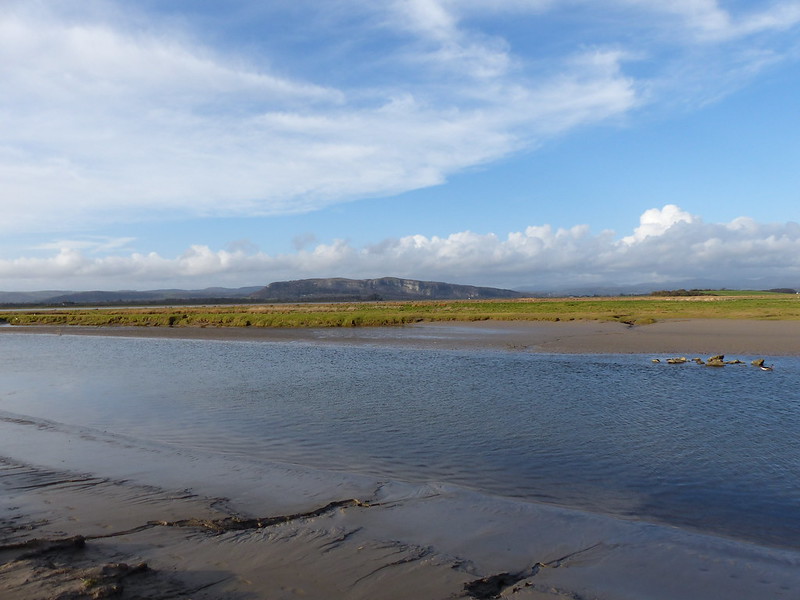
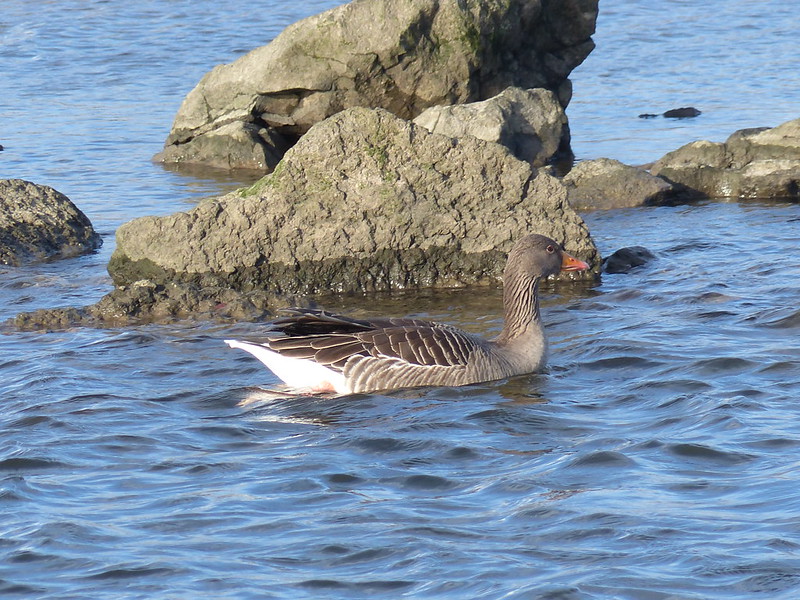
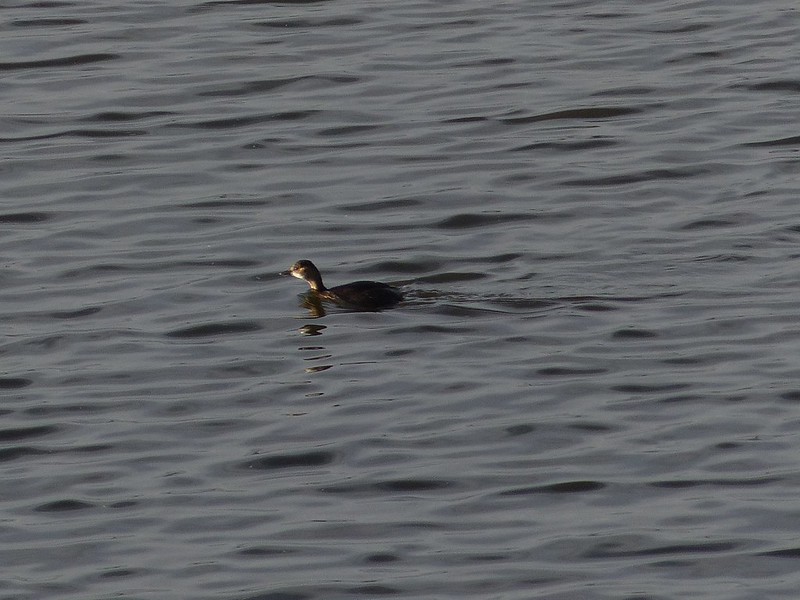
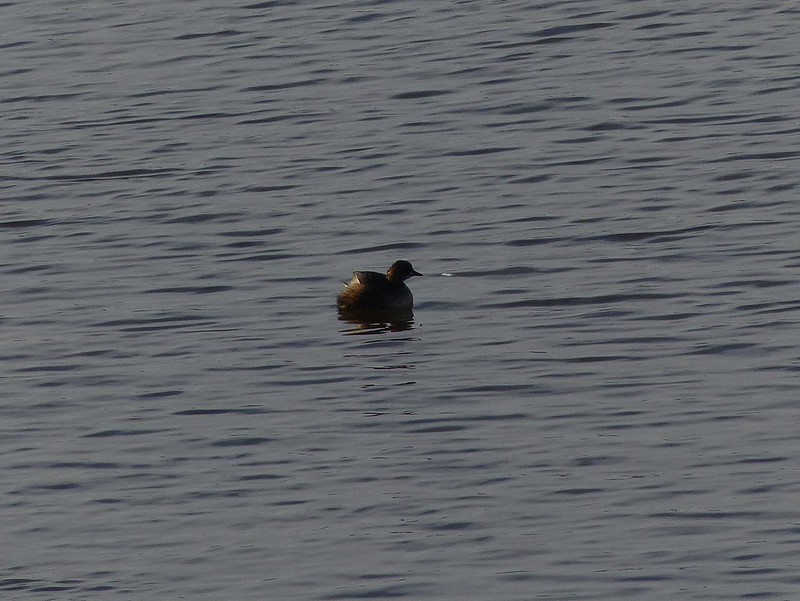



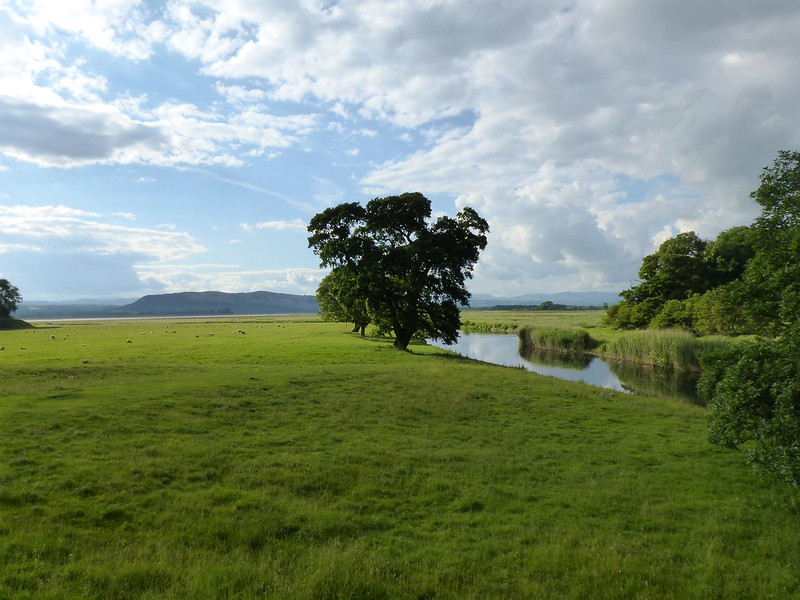
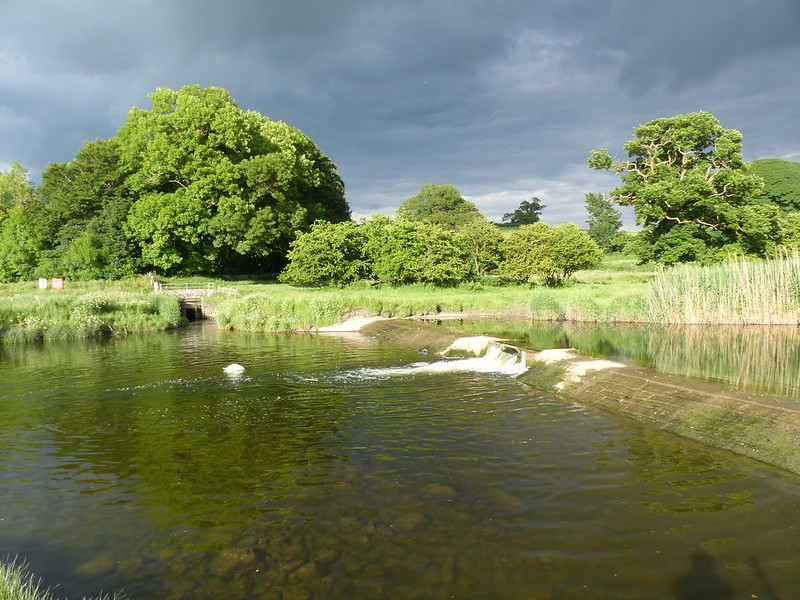
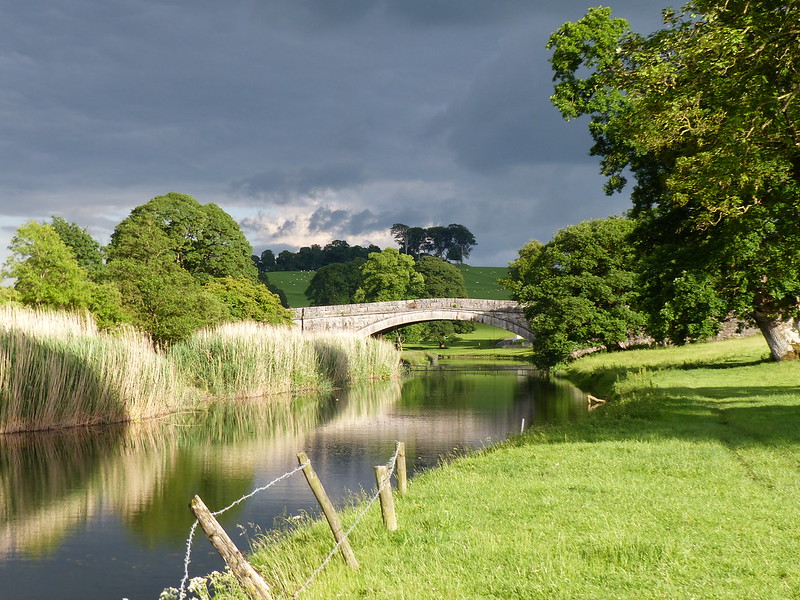

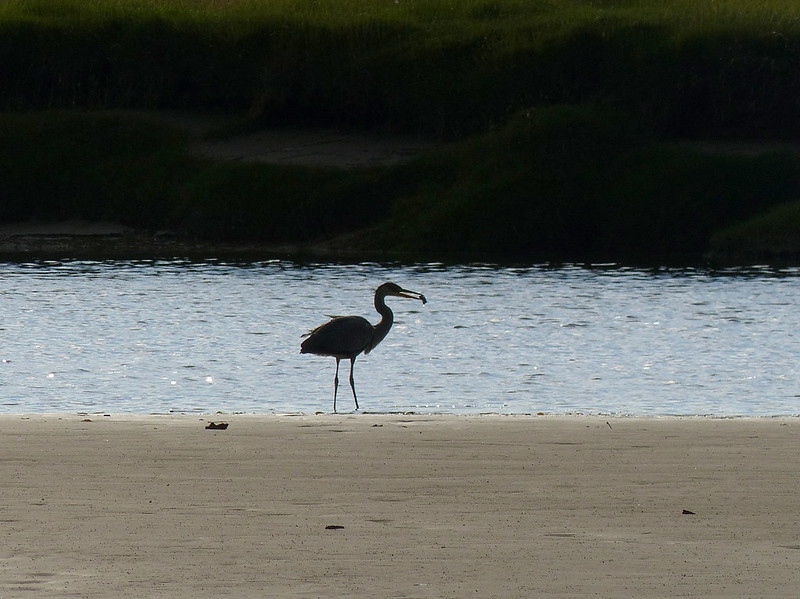
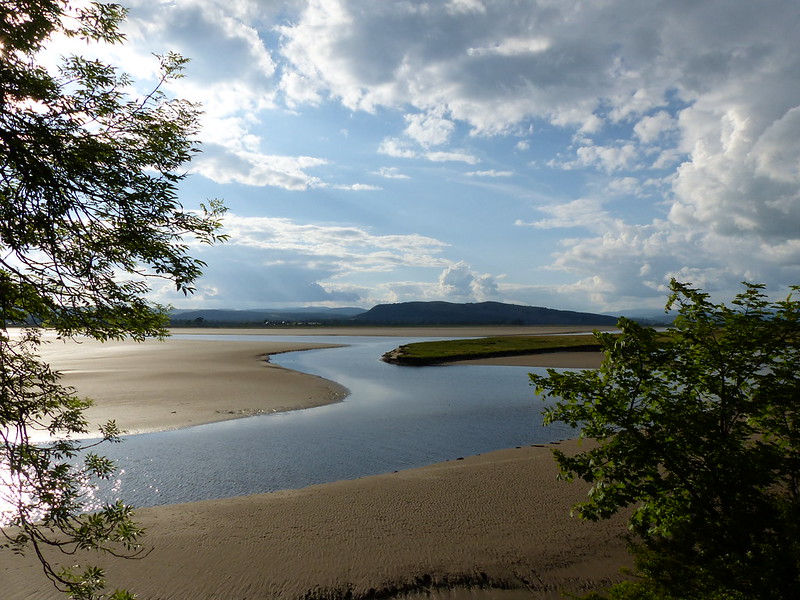

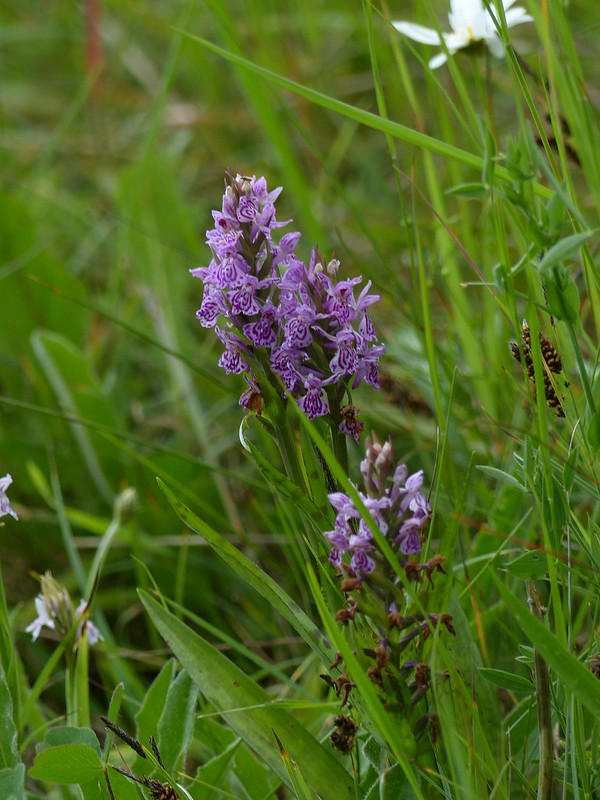
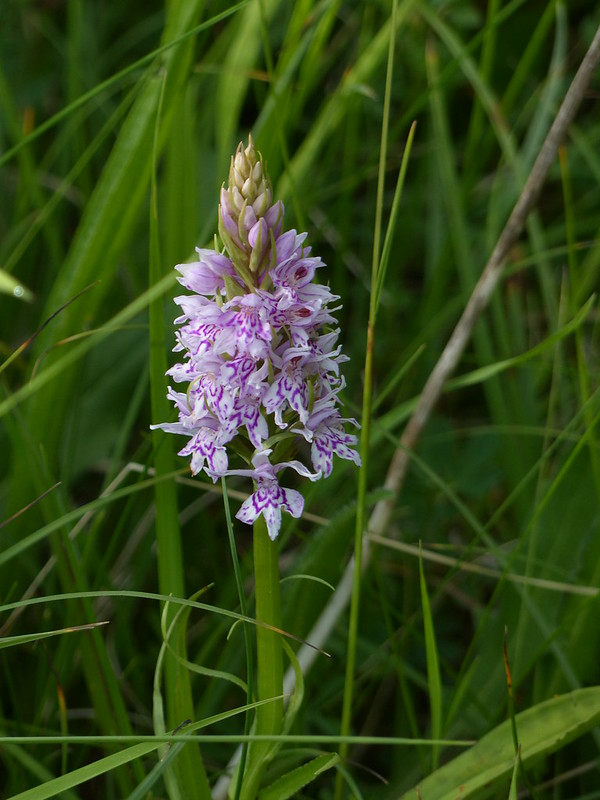

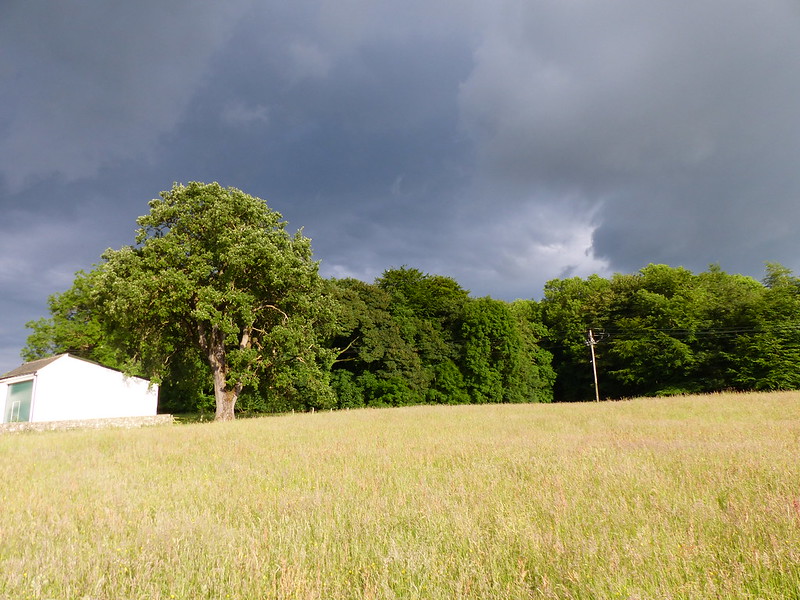
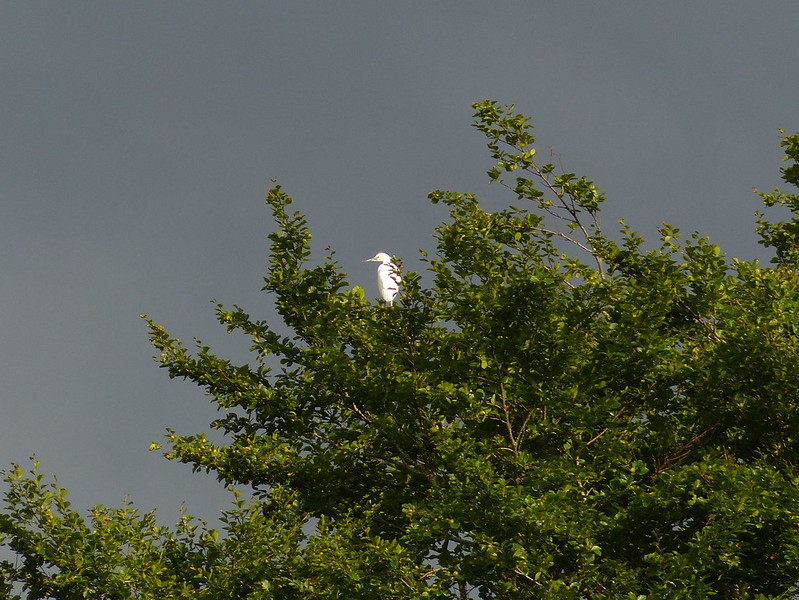

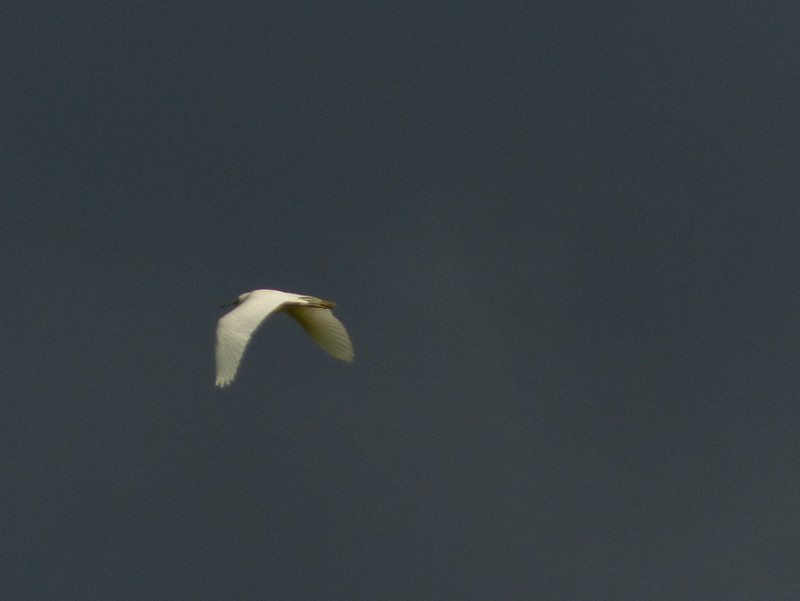

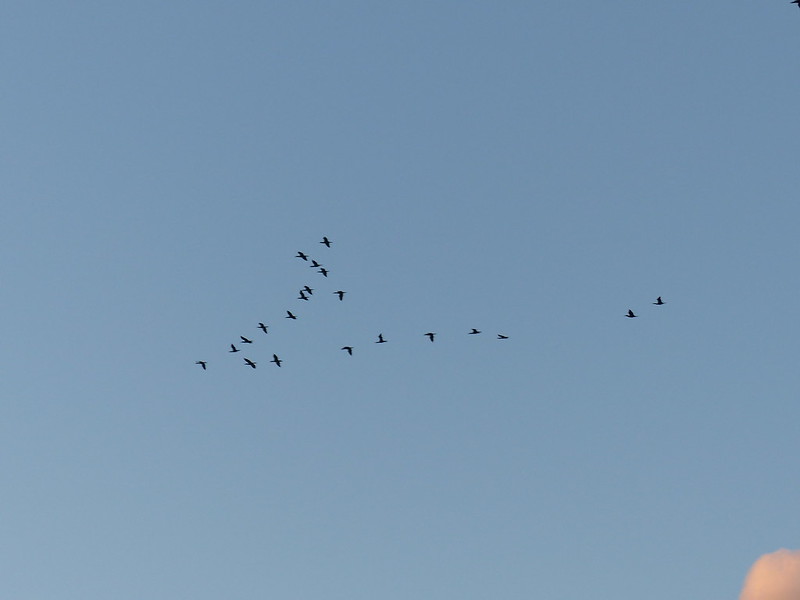
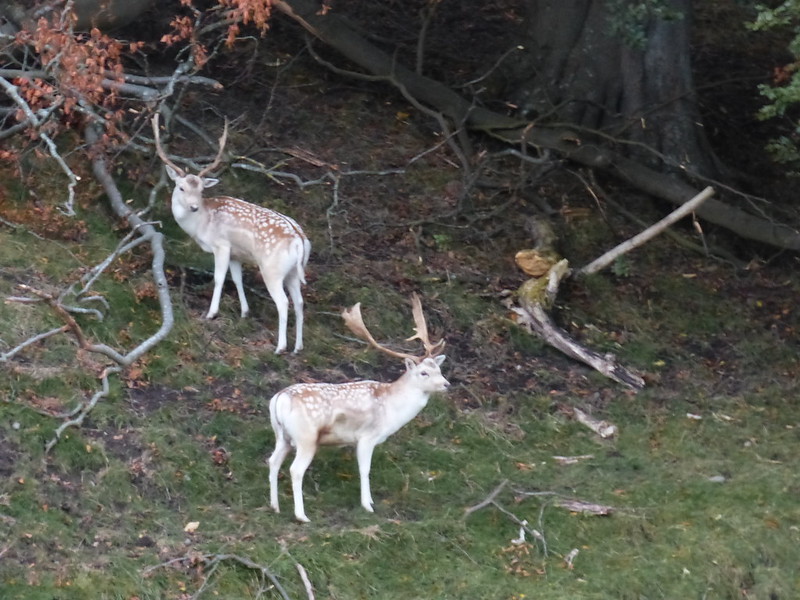
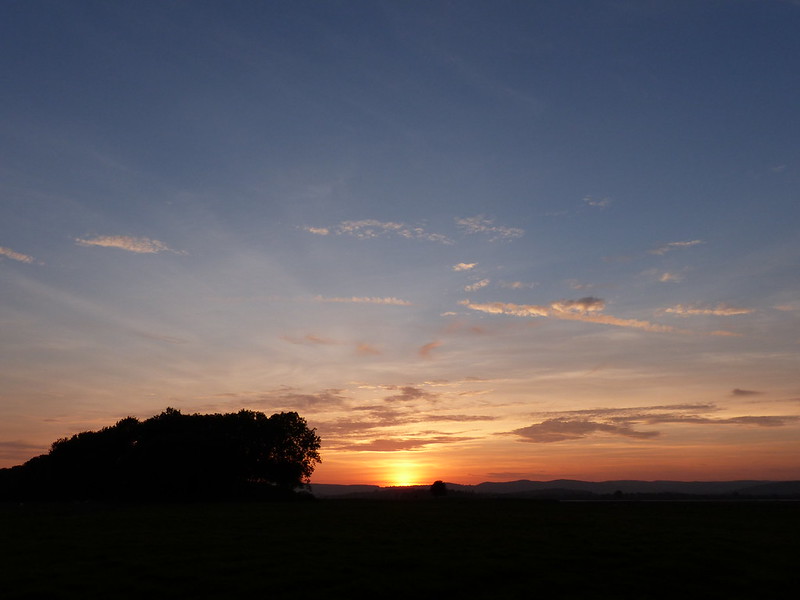
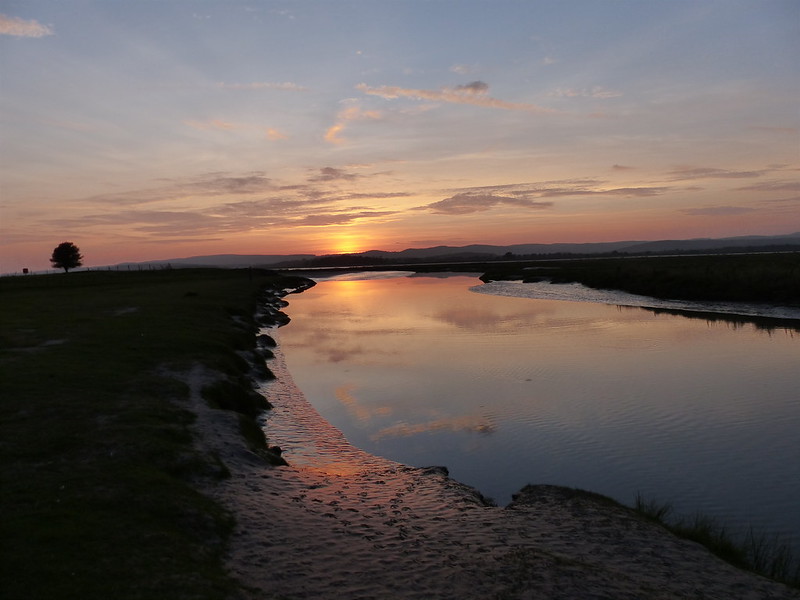



 Although I’m far from confident. It was popular with bees…
Although I’m far from confident. It was popular with bees… I noticed that the polled baskets on this bee were grey – it never occurred to me that the colour of the pollen basket might be a function of the type of pollen being collected until I came across that idea
I noticed that the polled baskets on this bee were grey – it never occurred to me that the colour of the pollen basket might be a function of the type of pollen being collected until I came across that idea 






